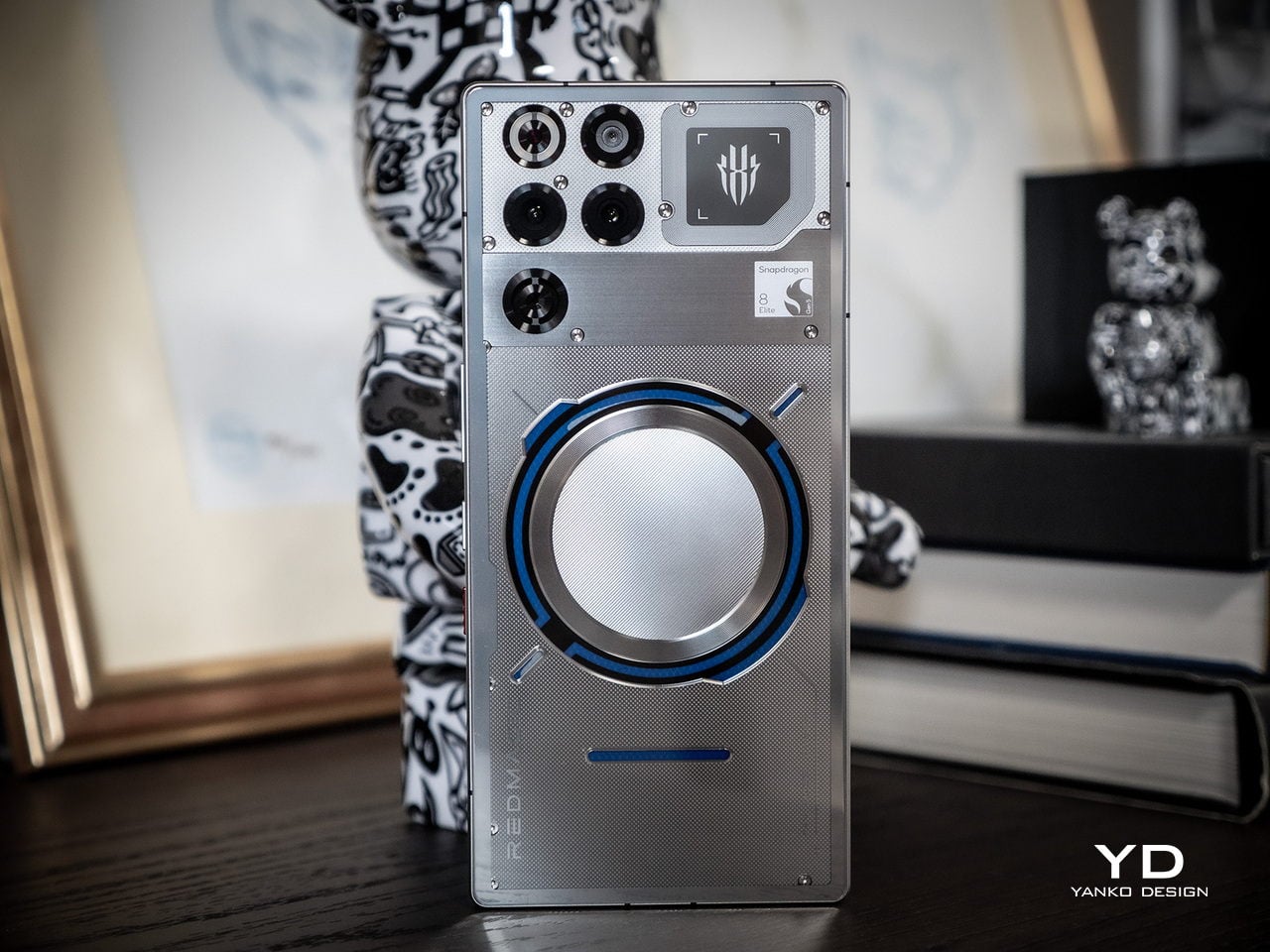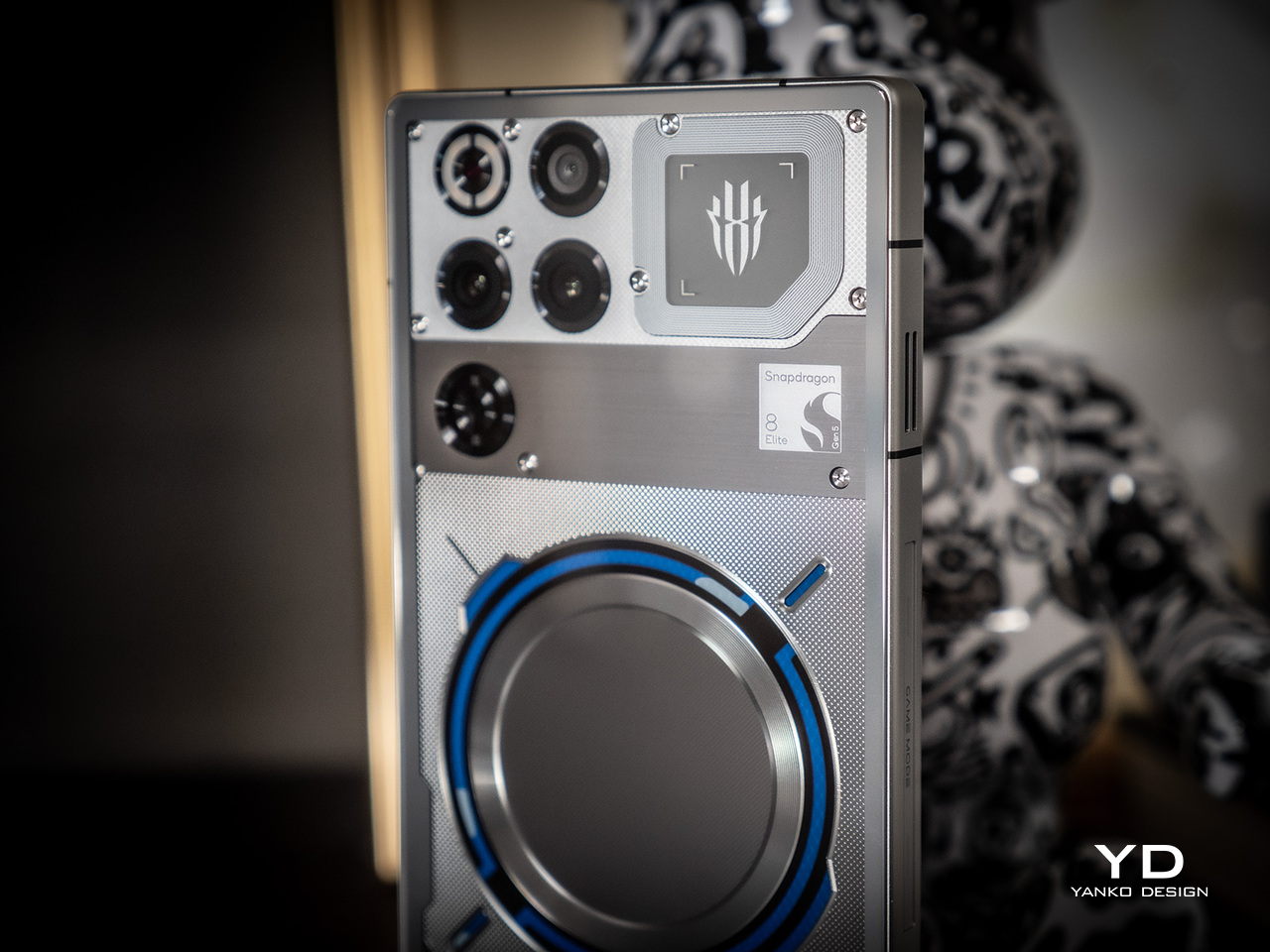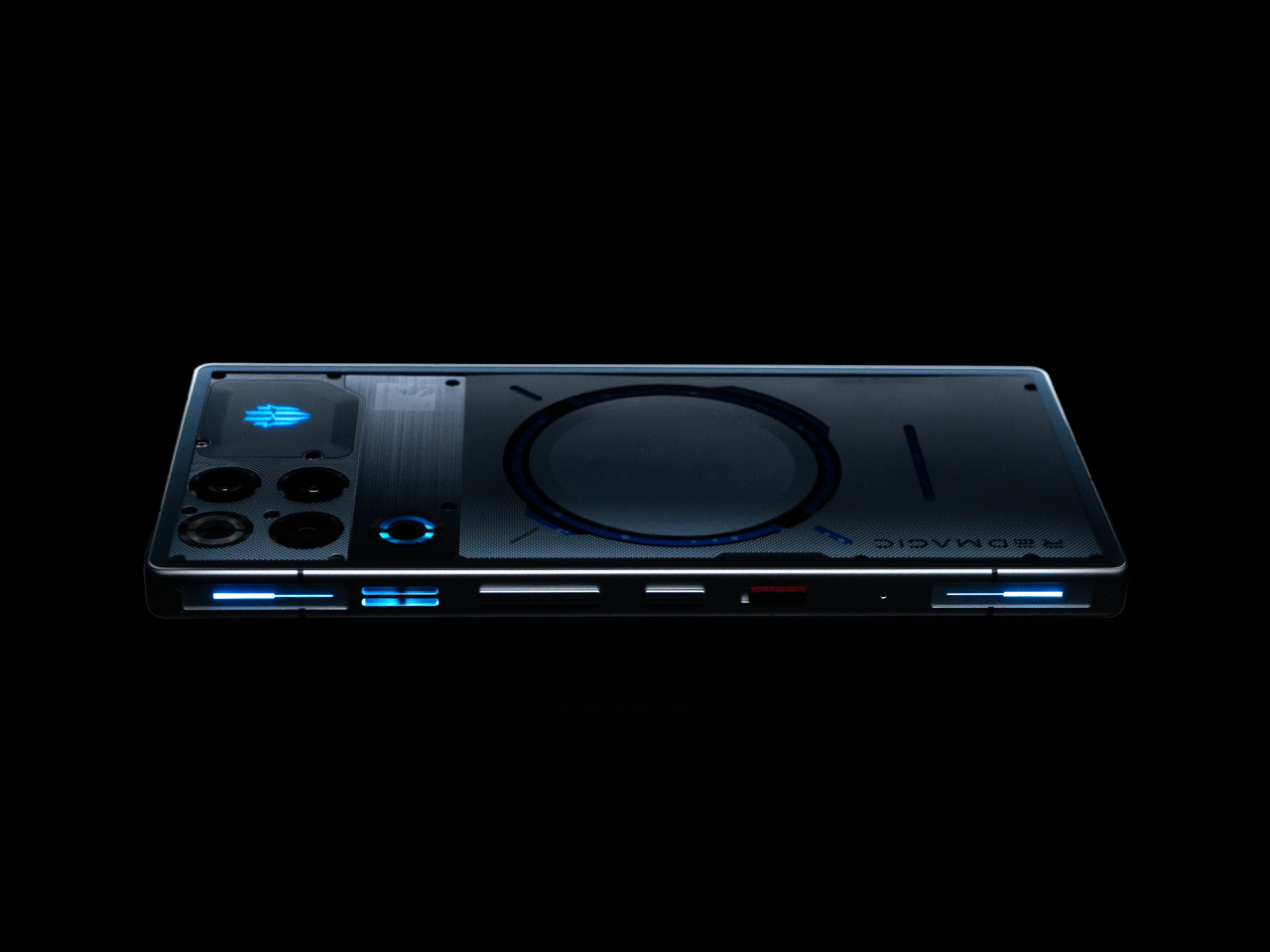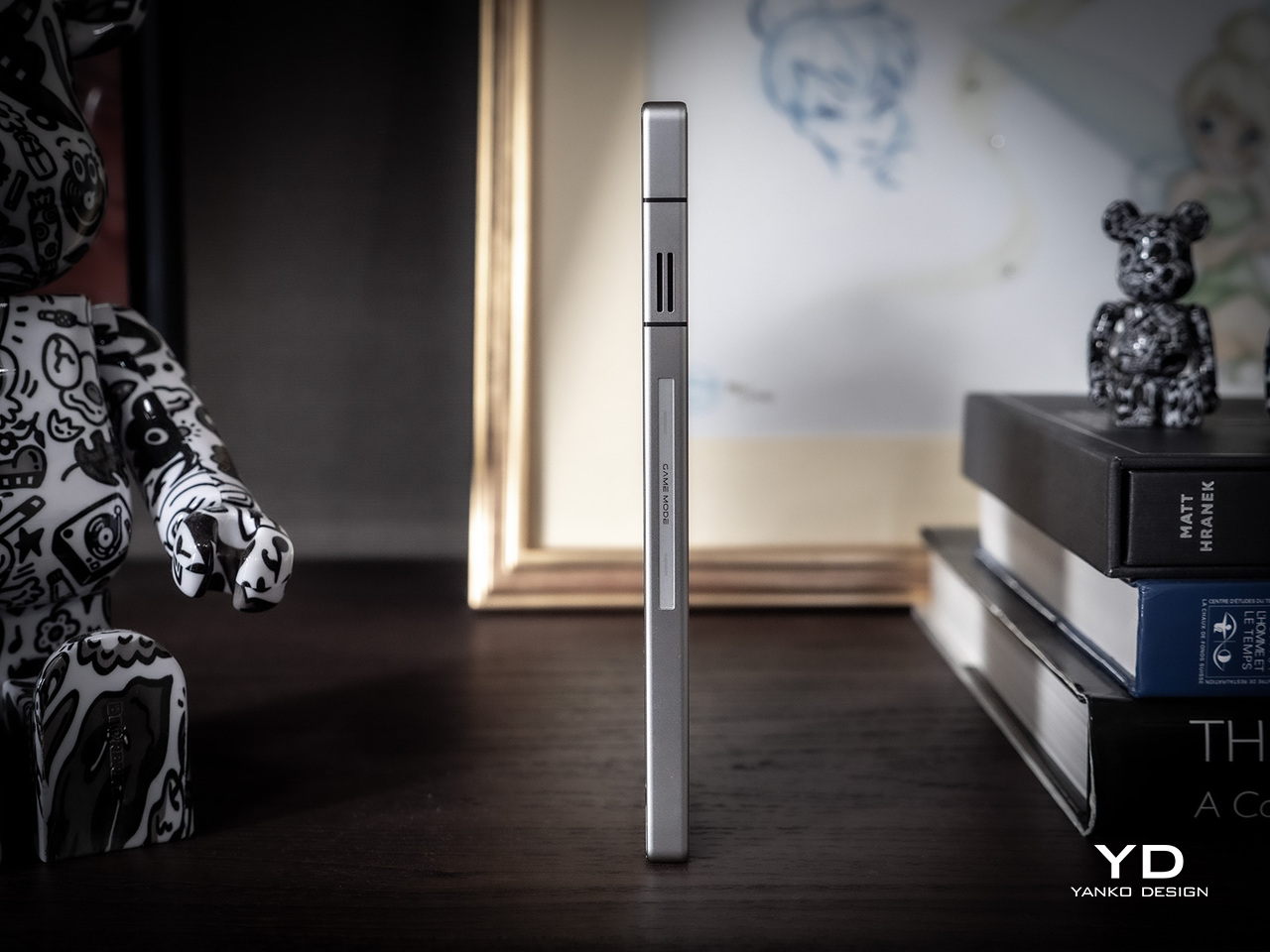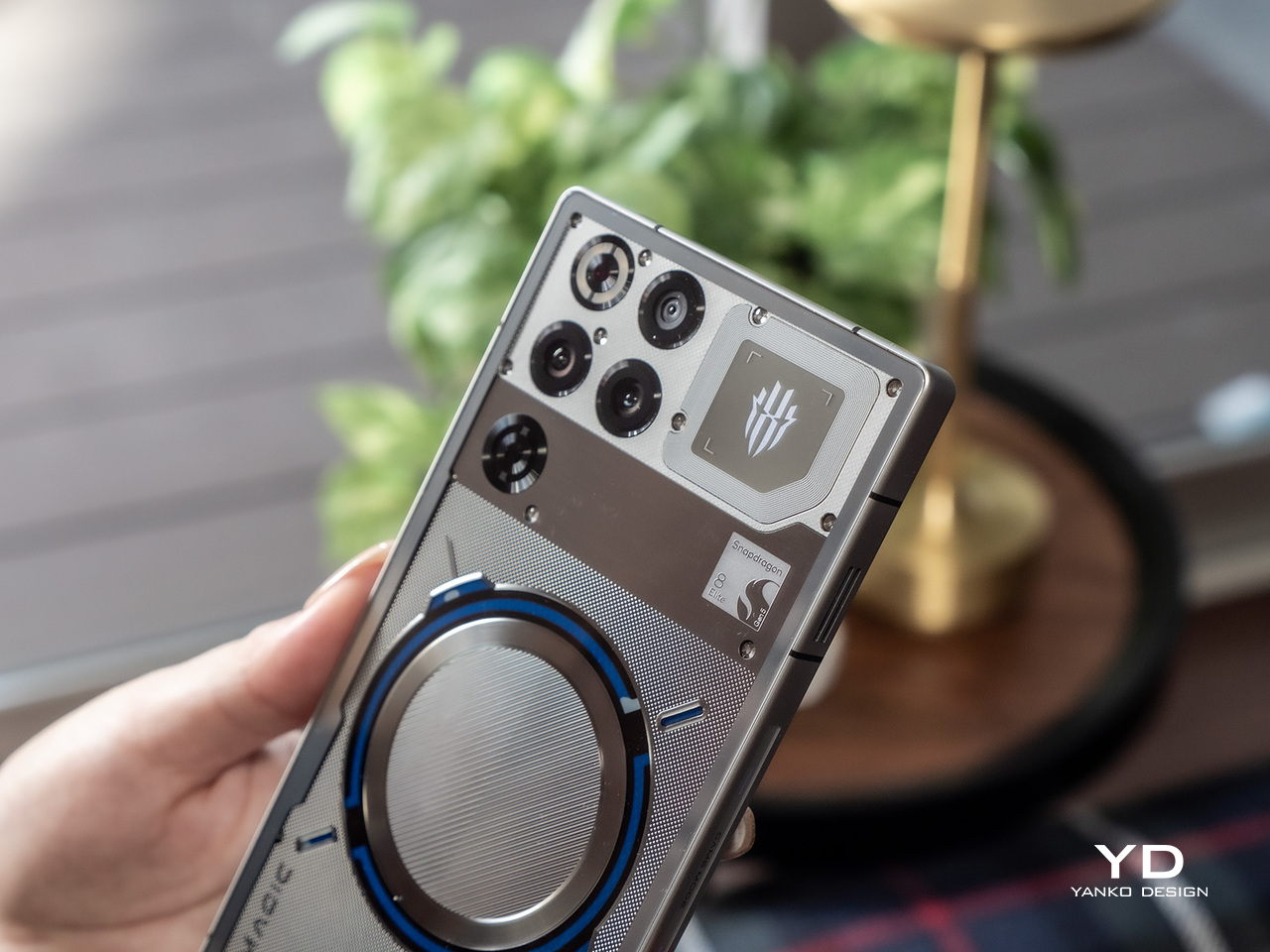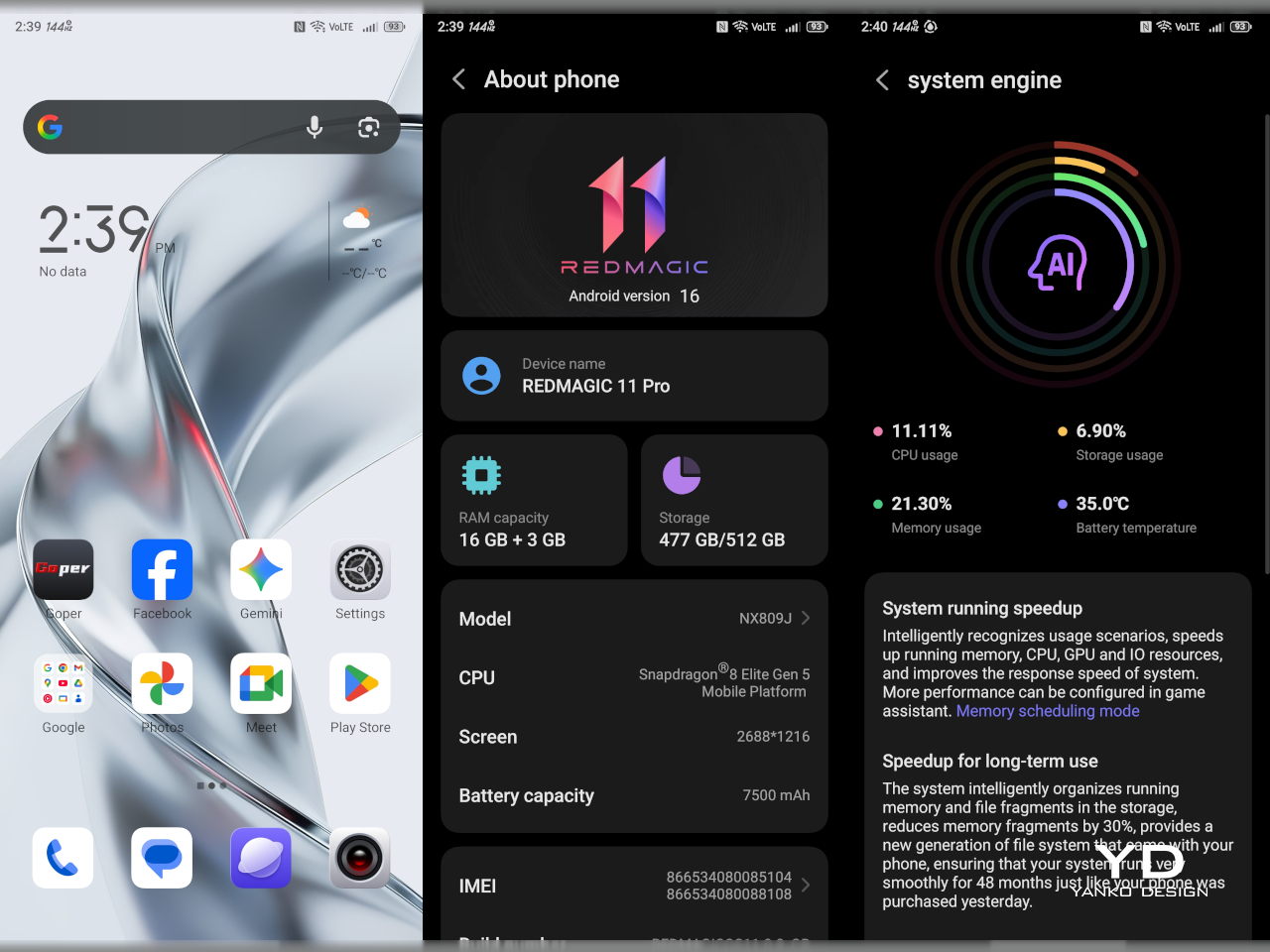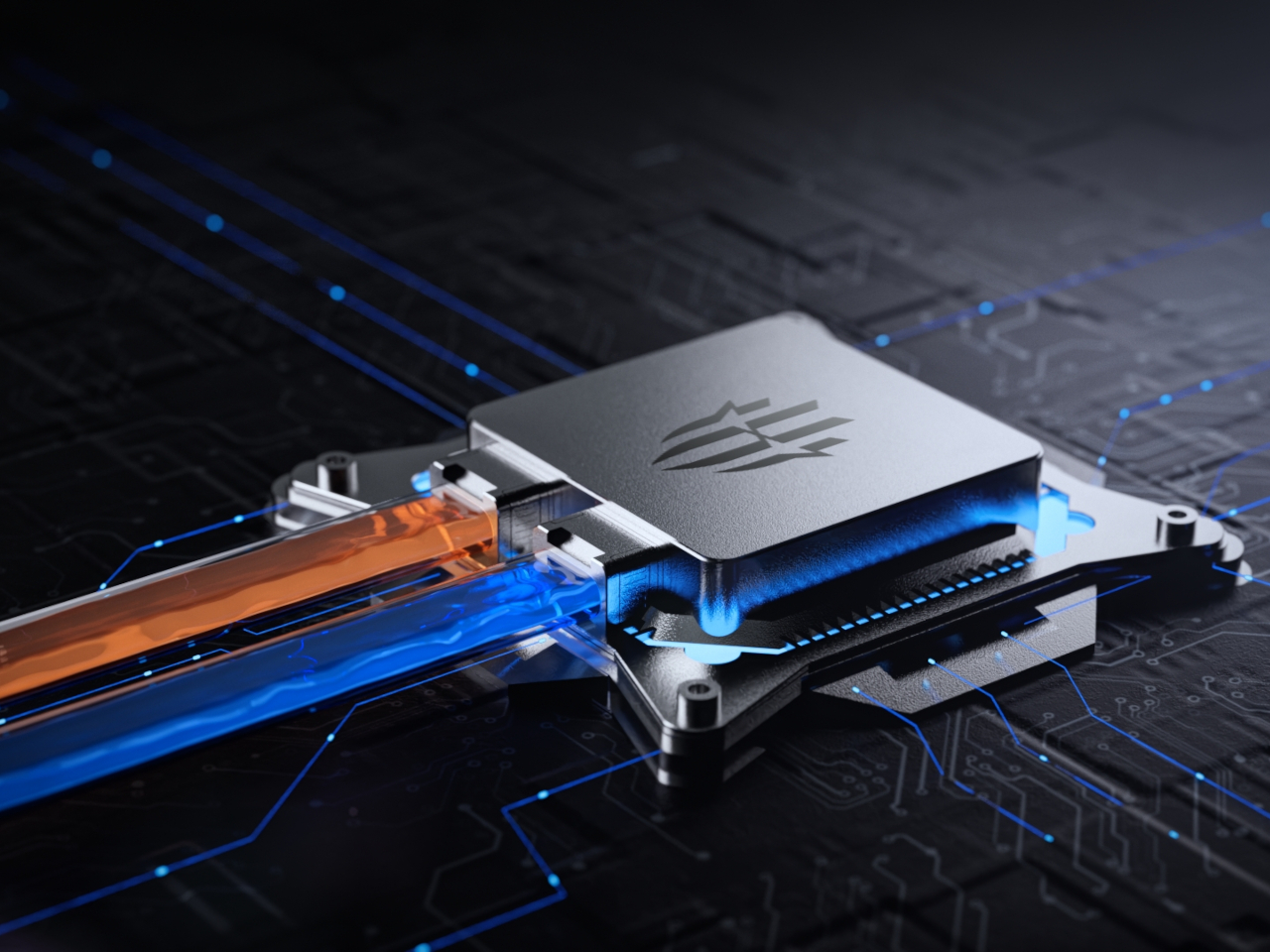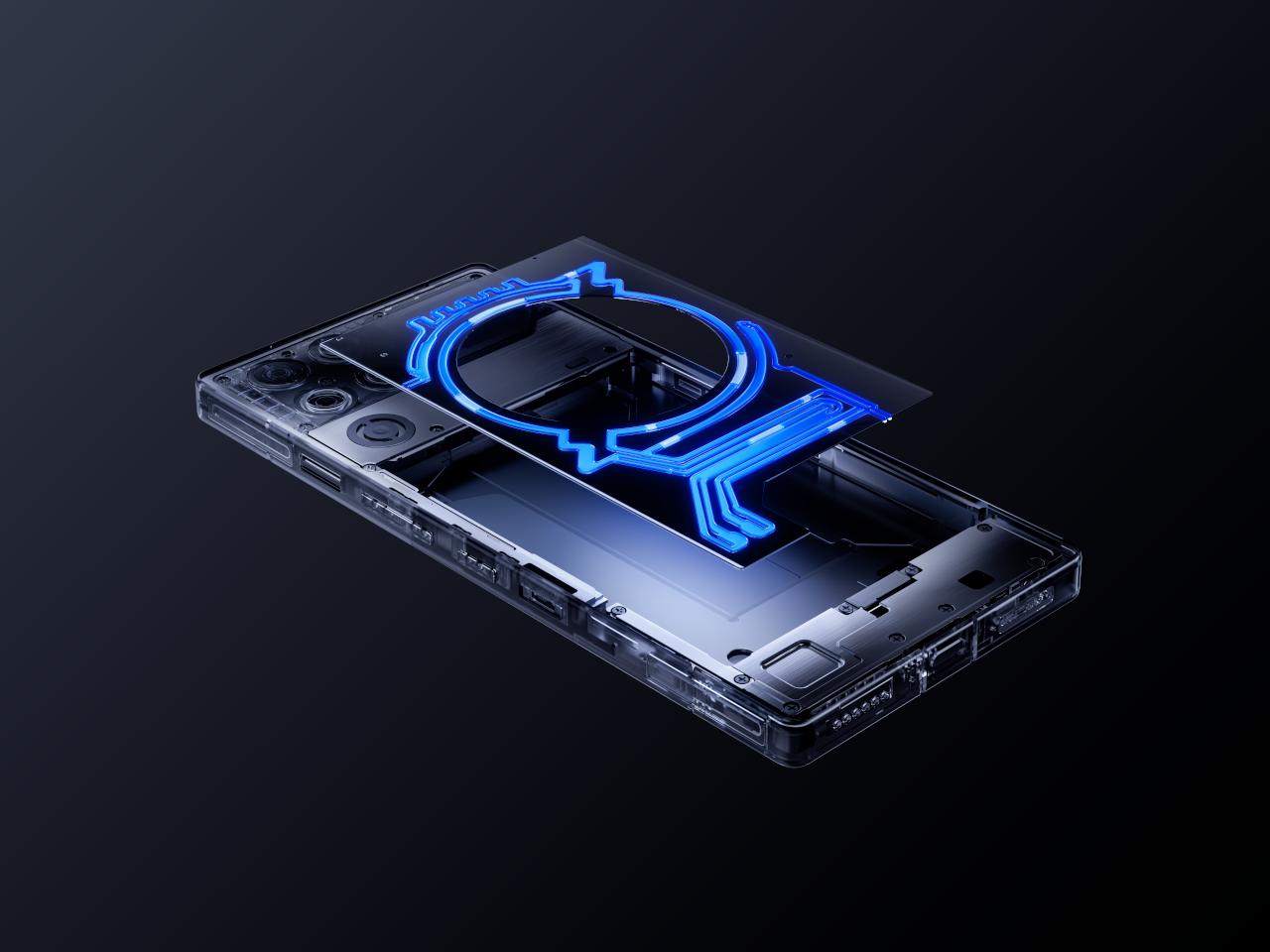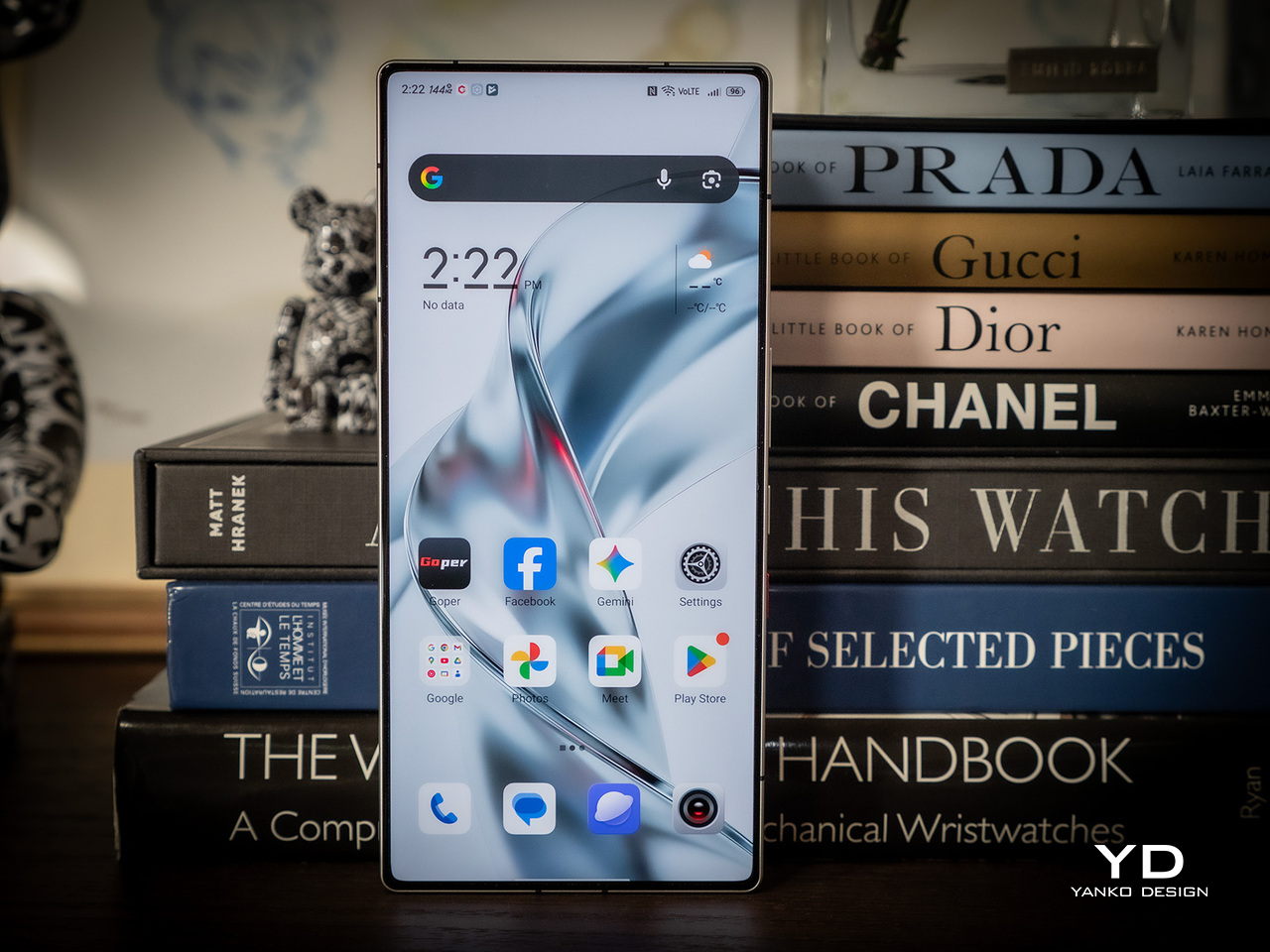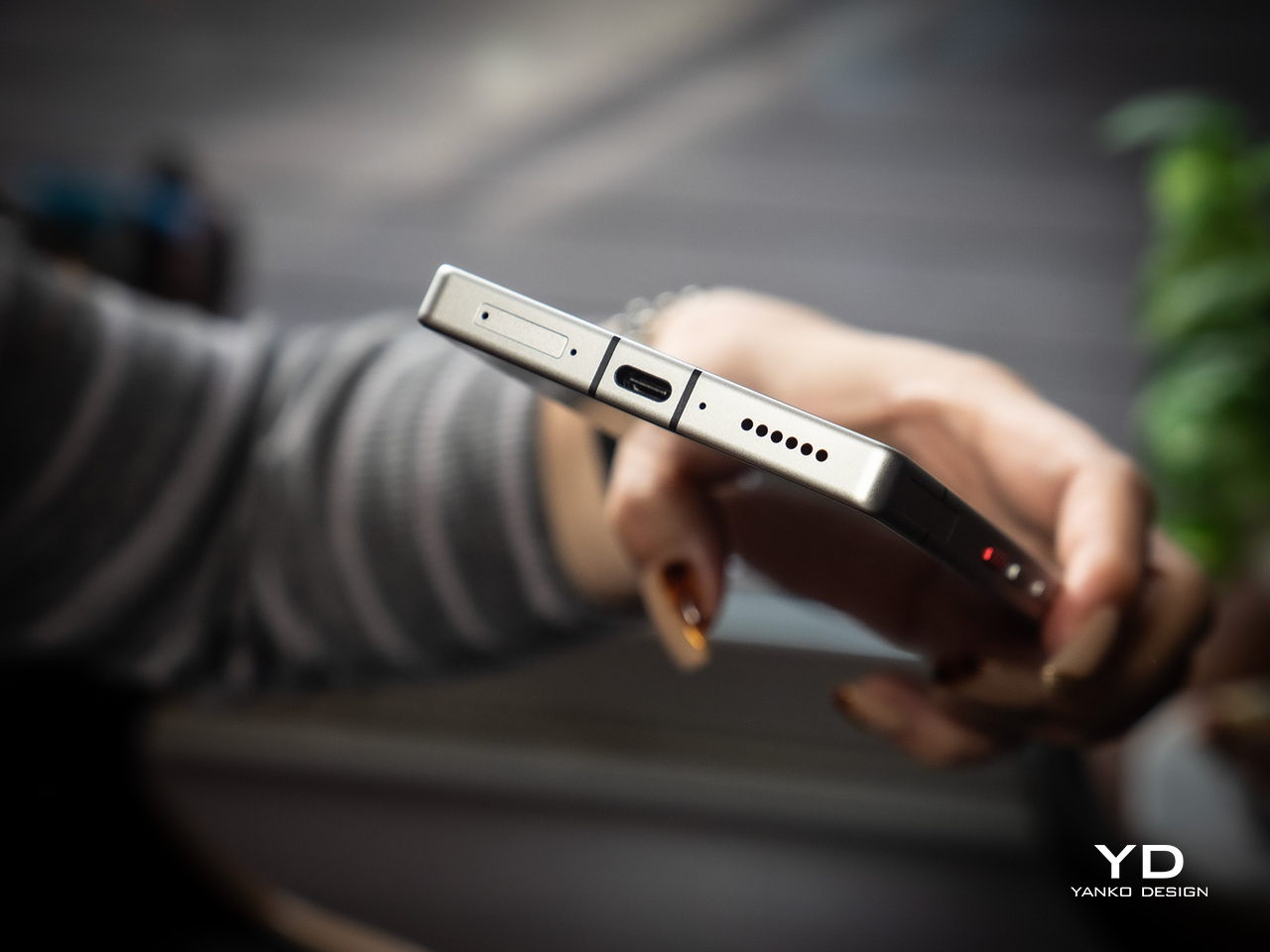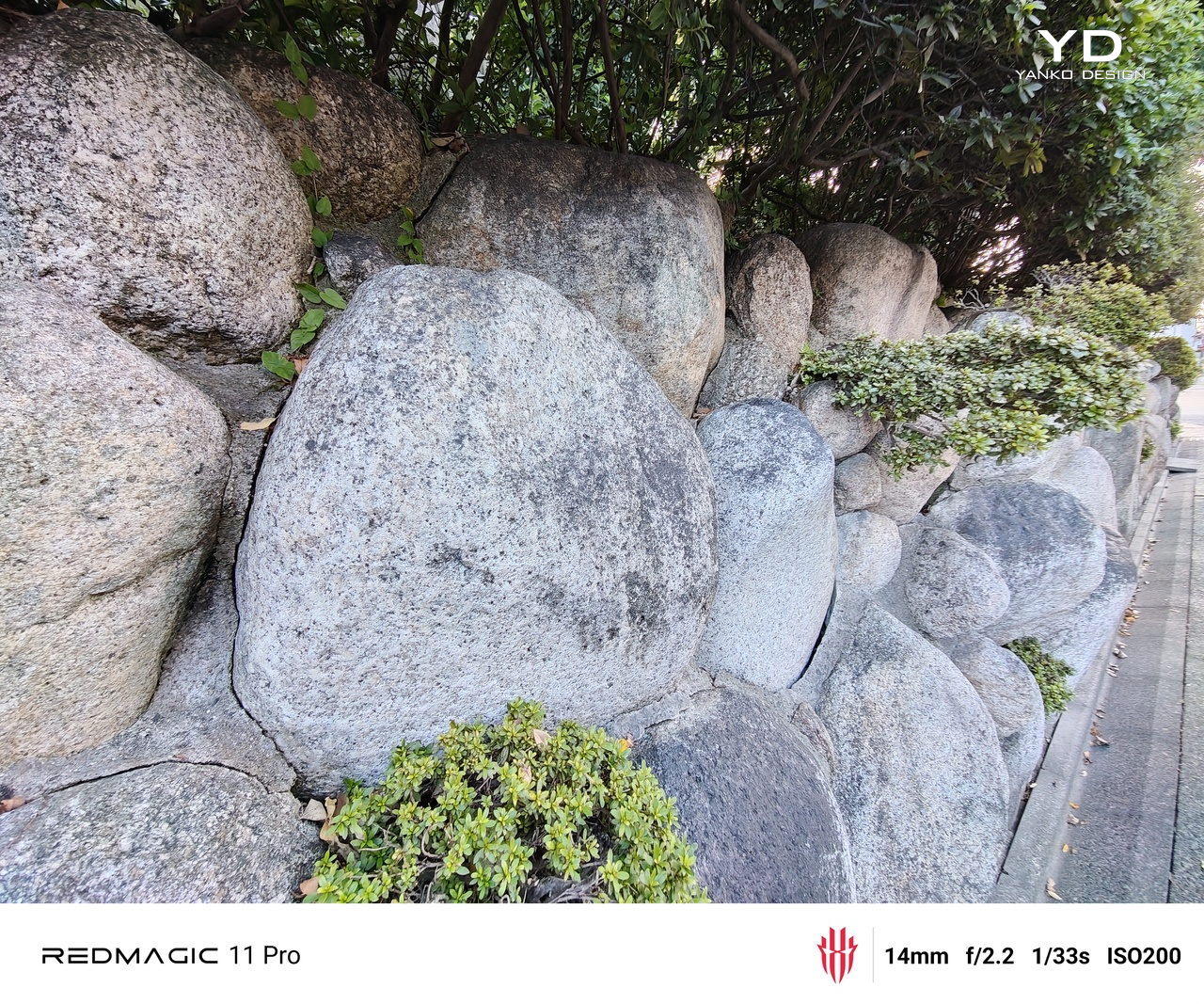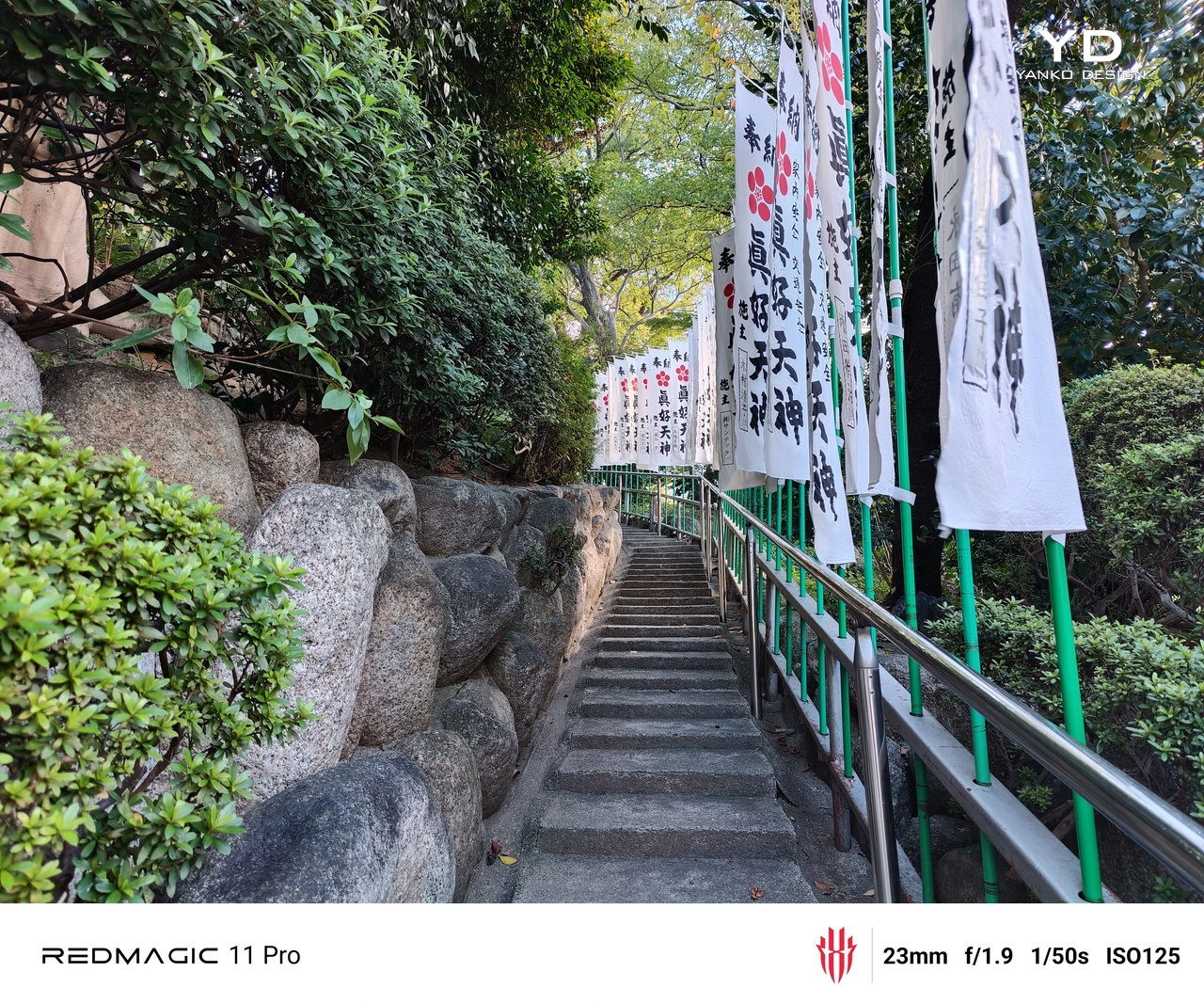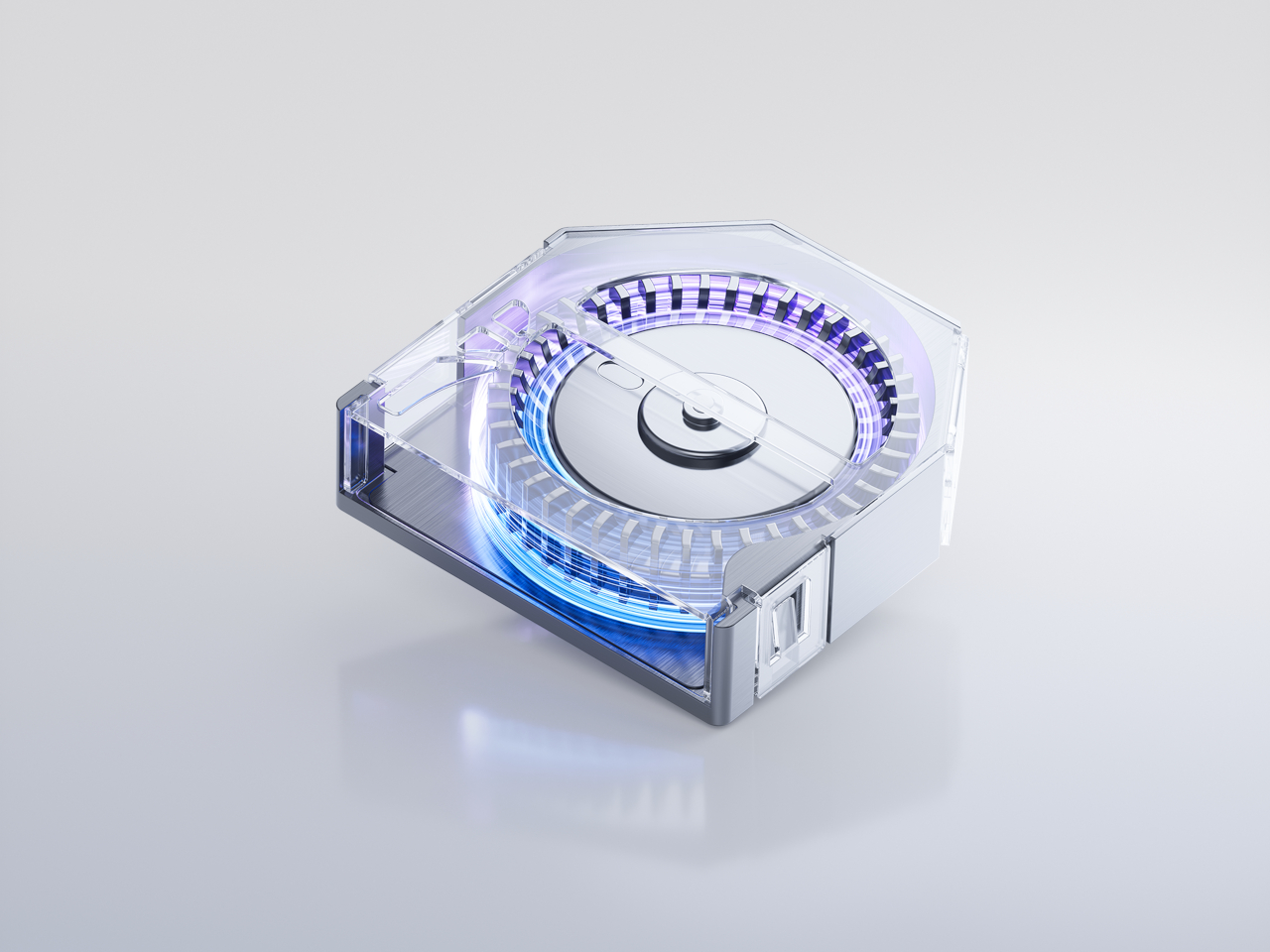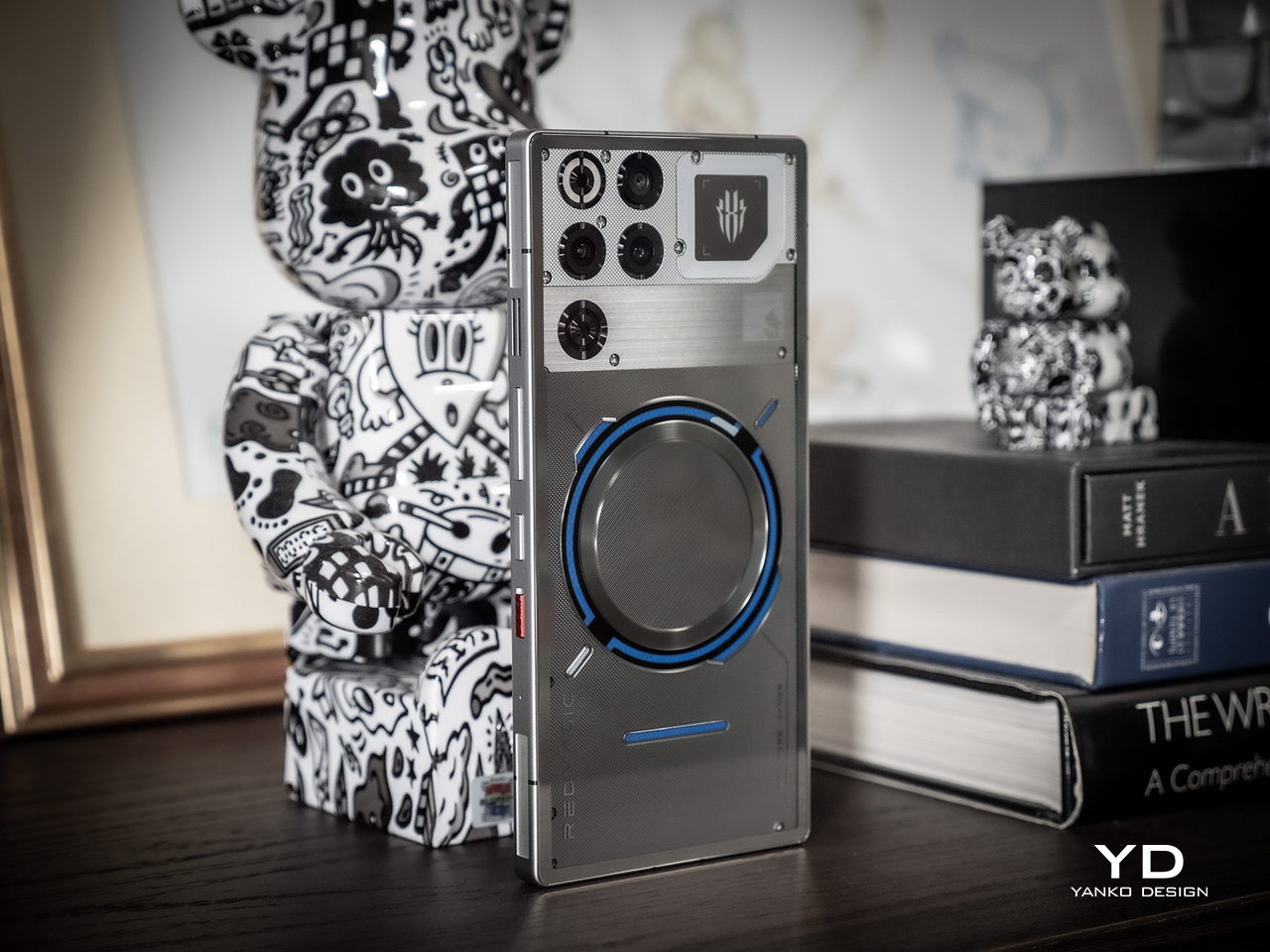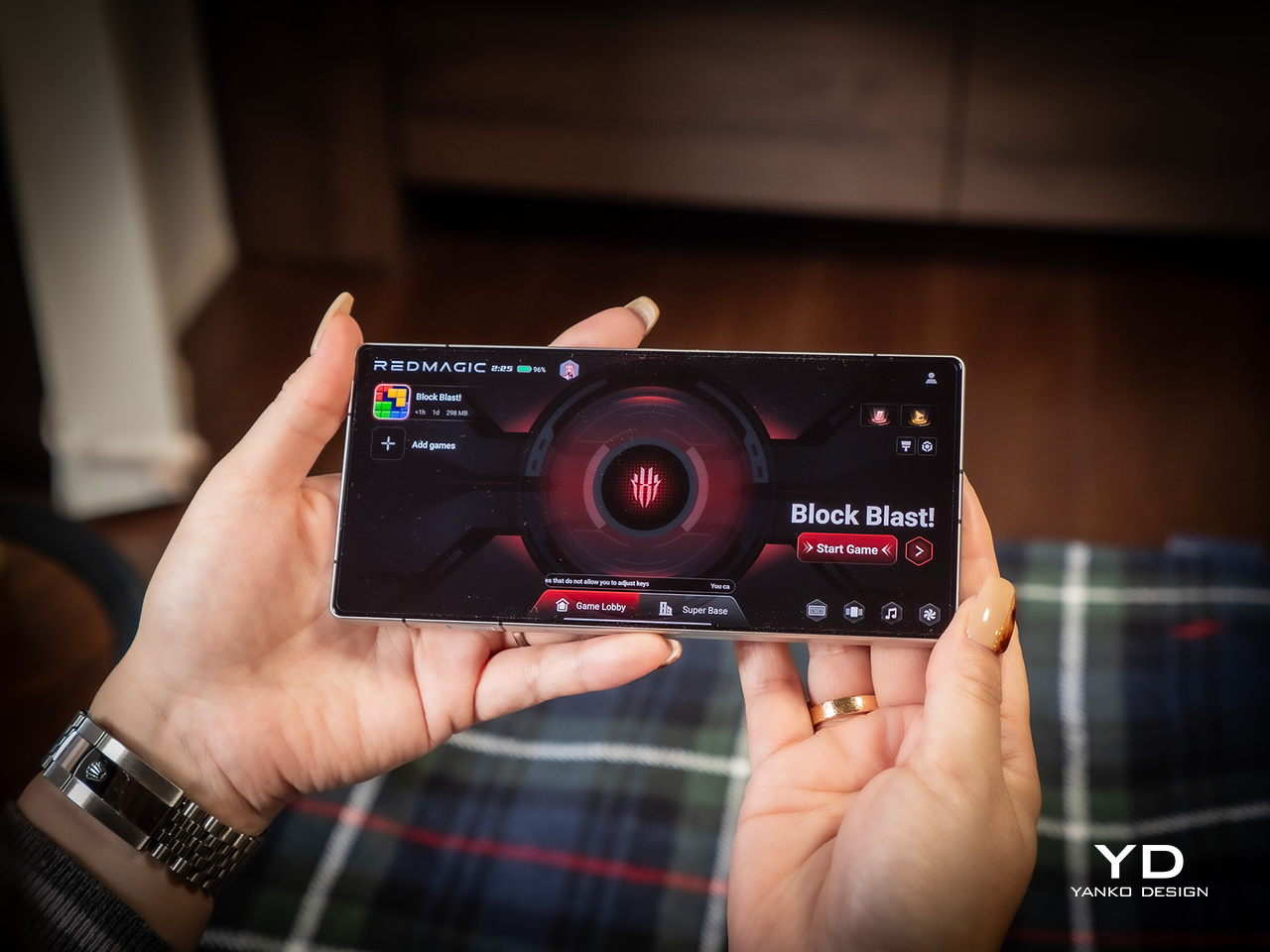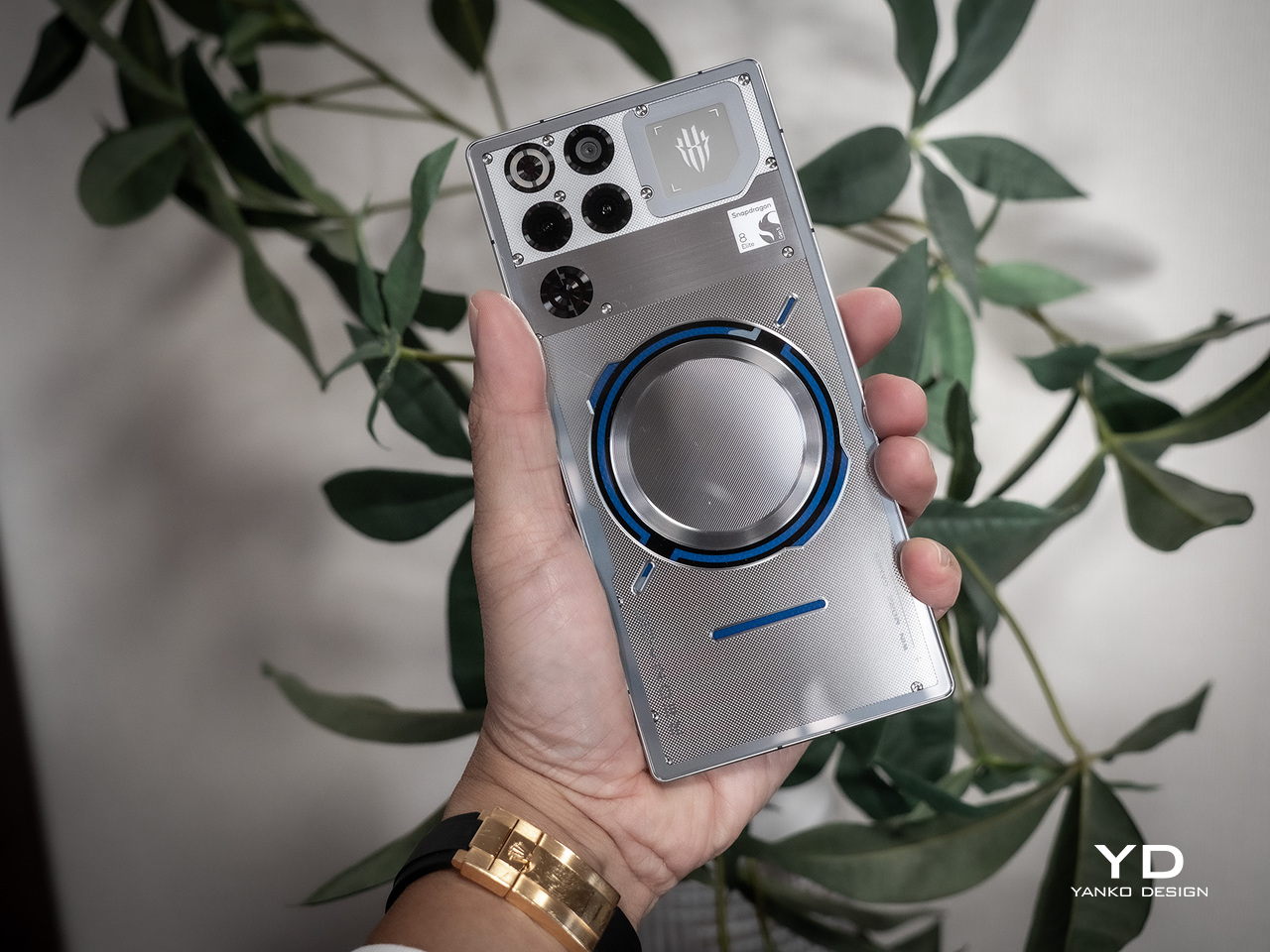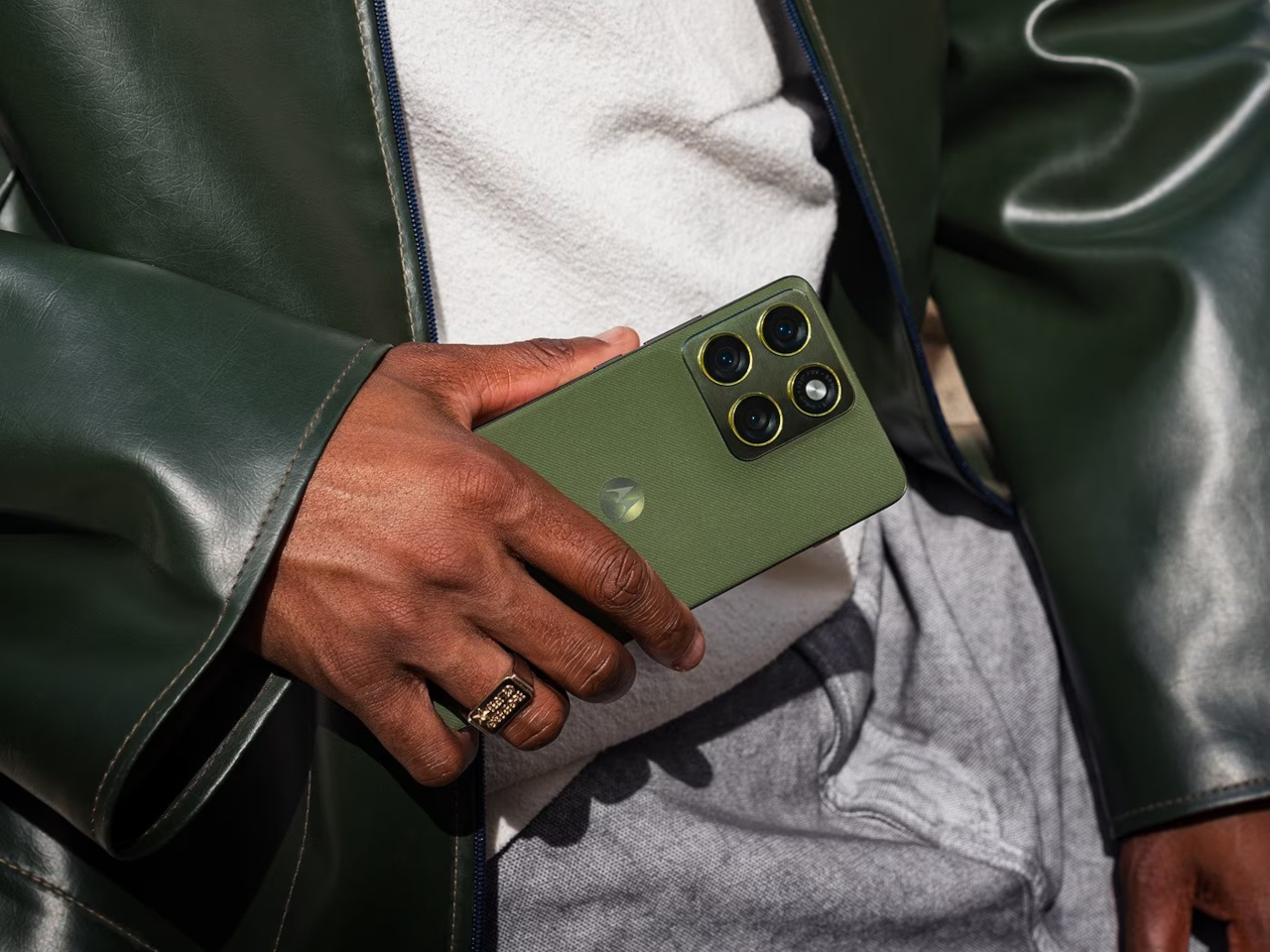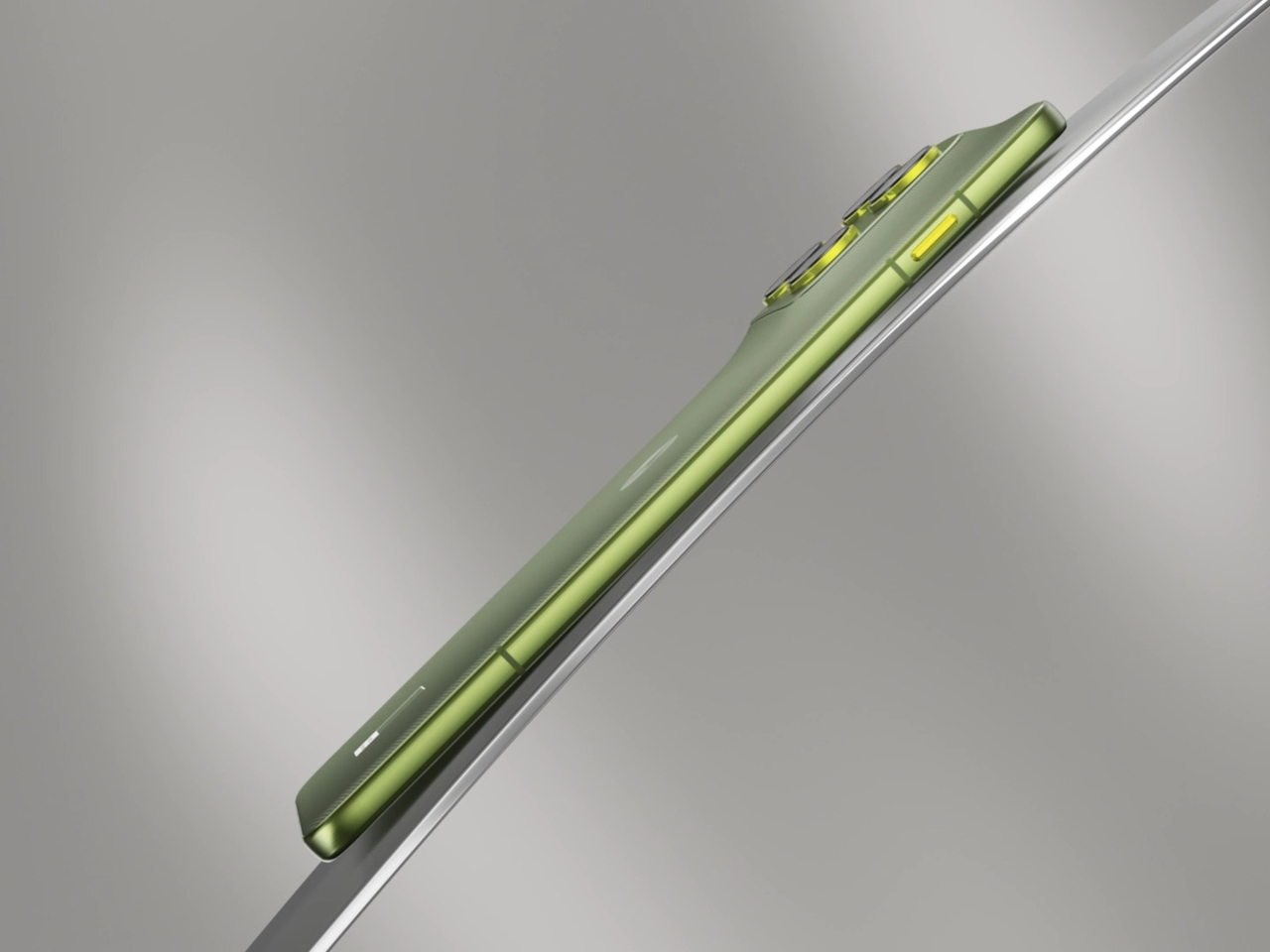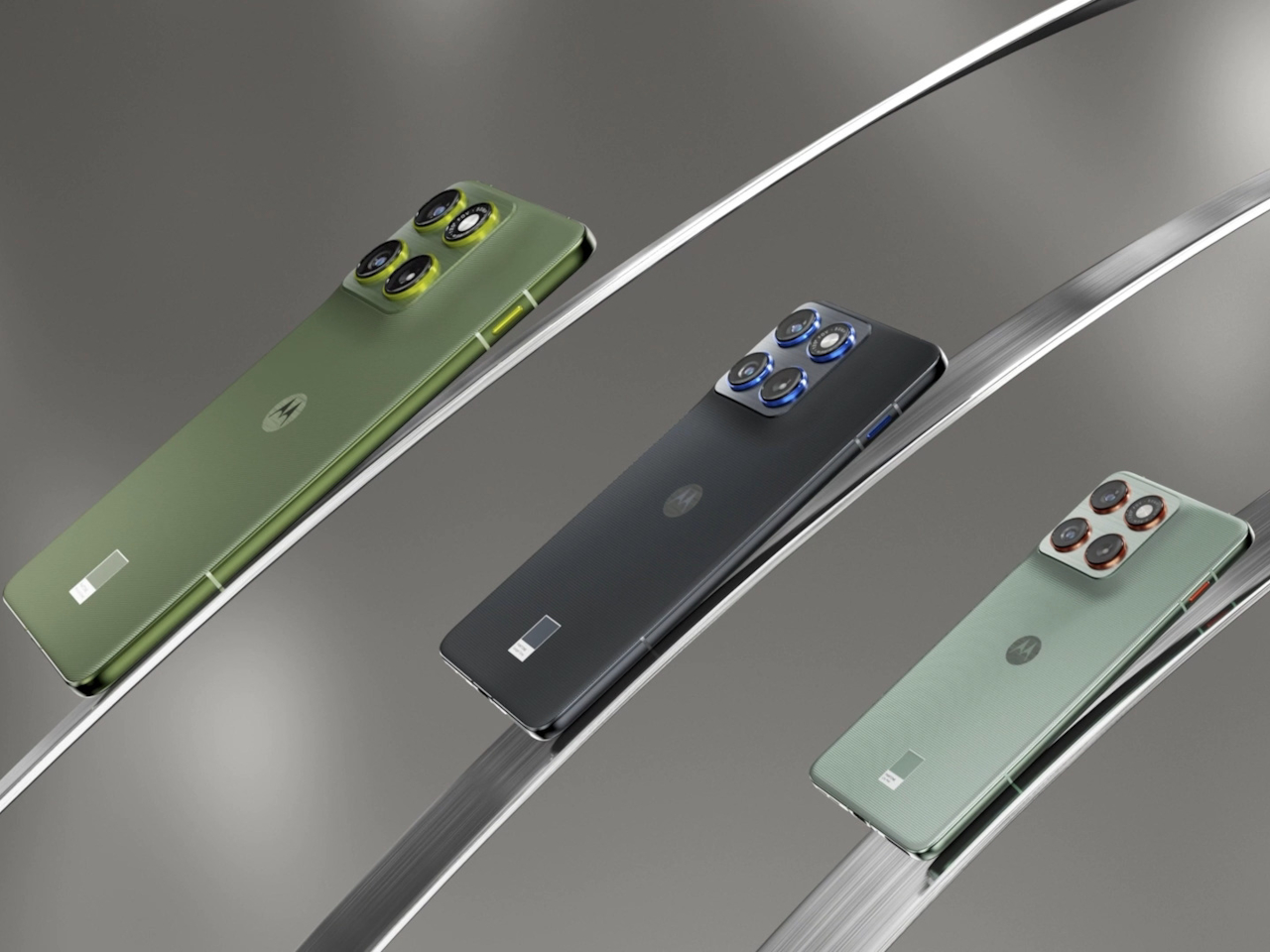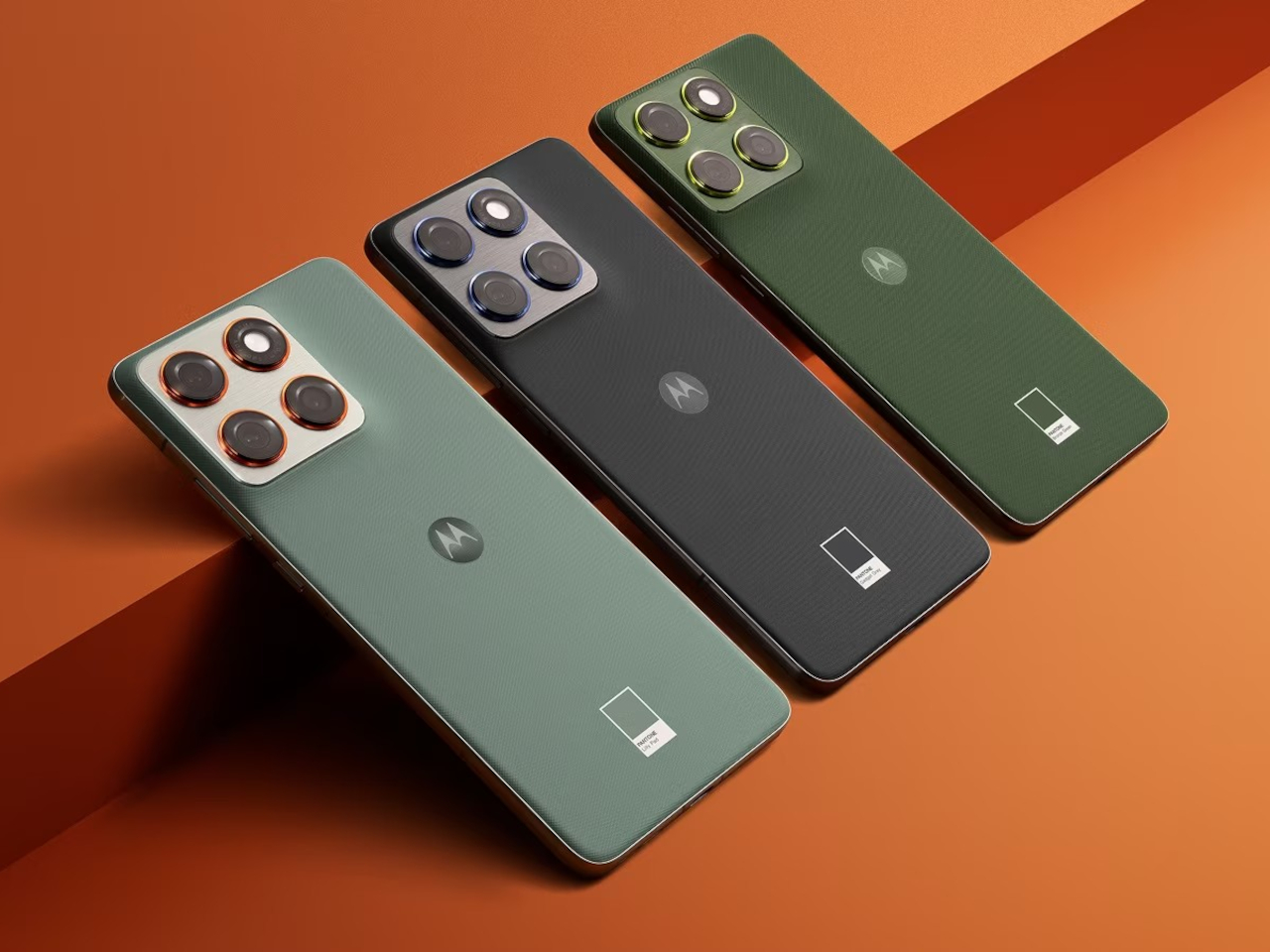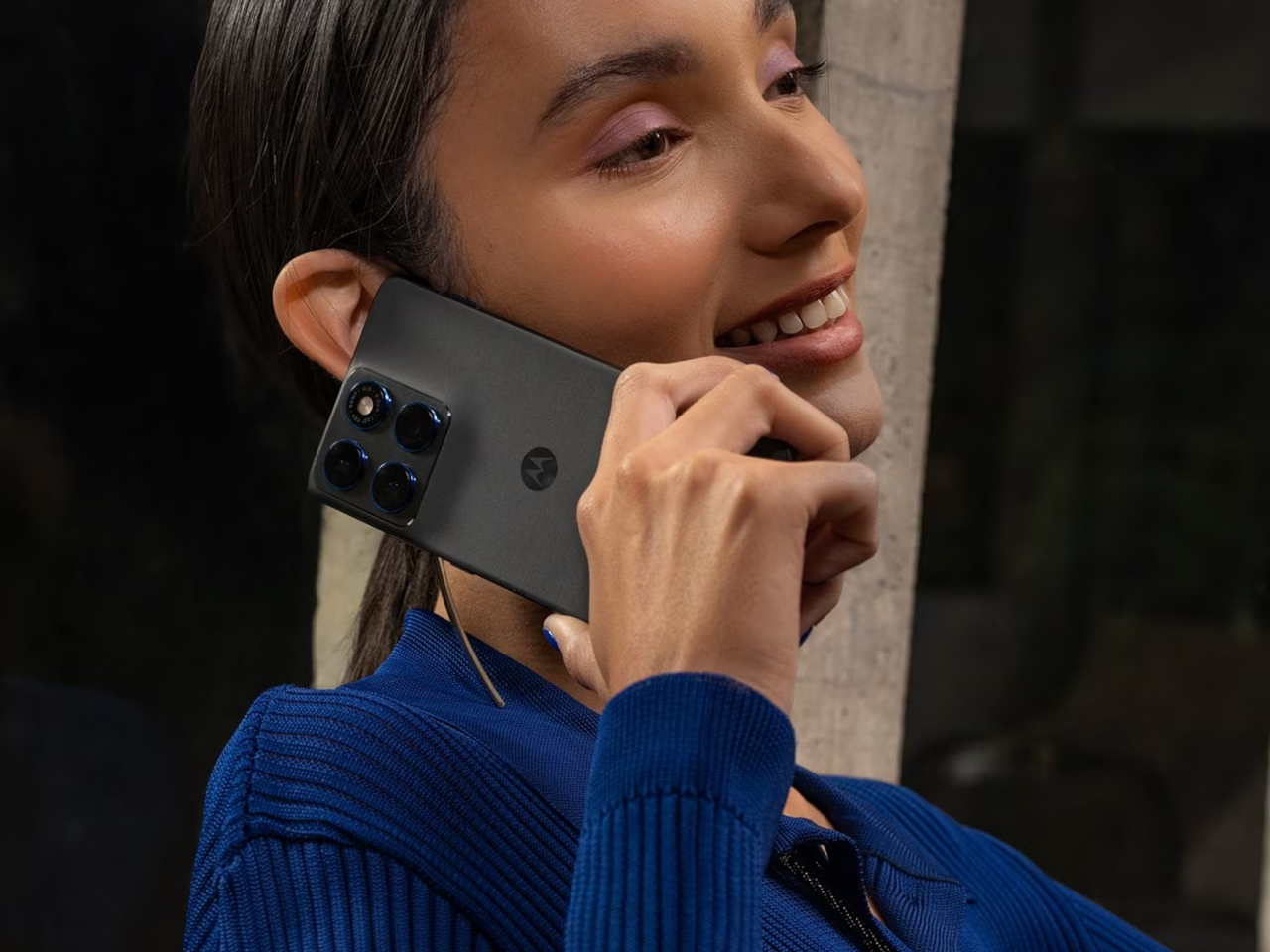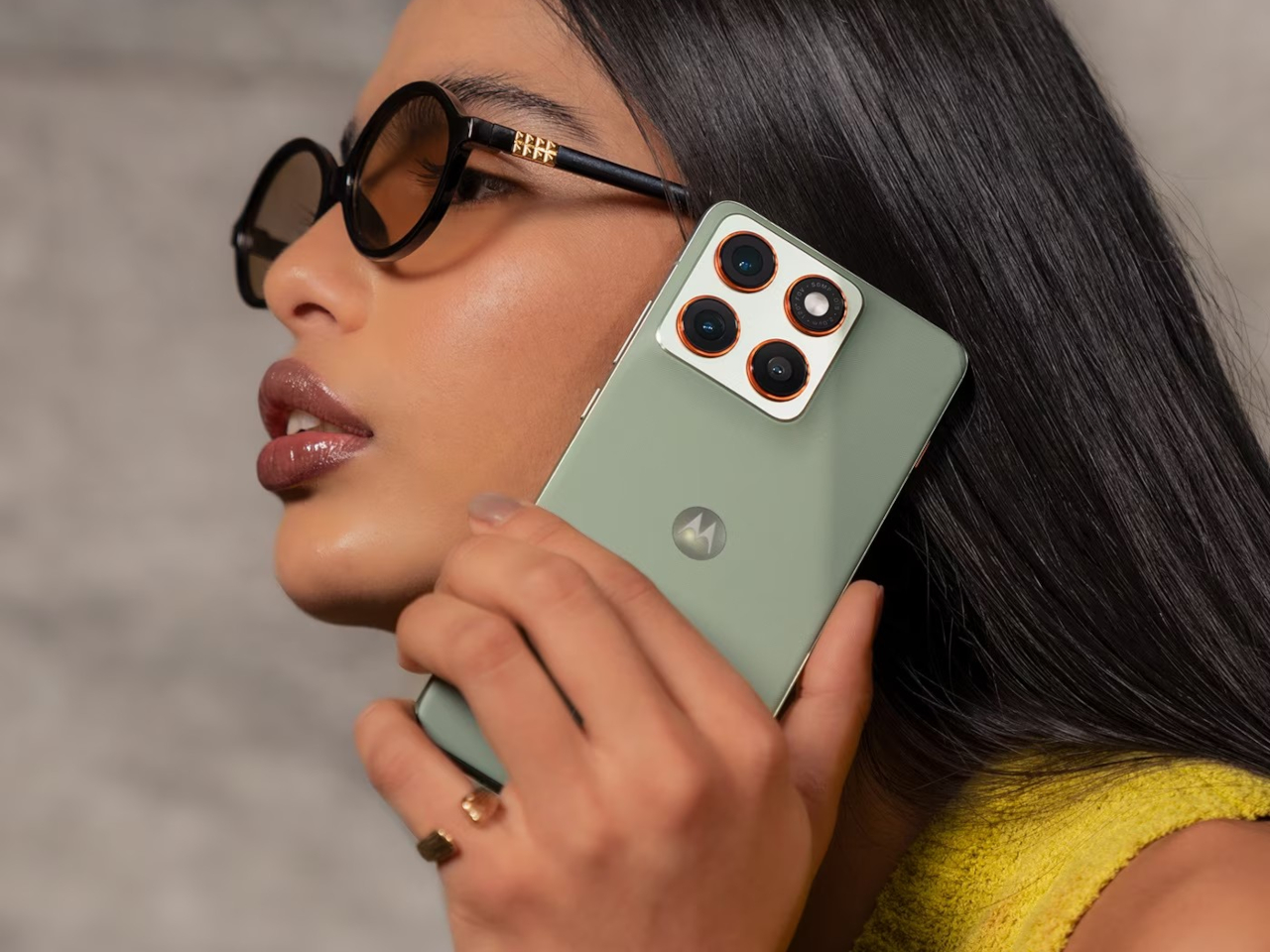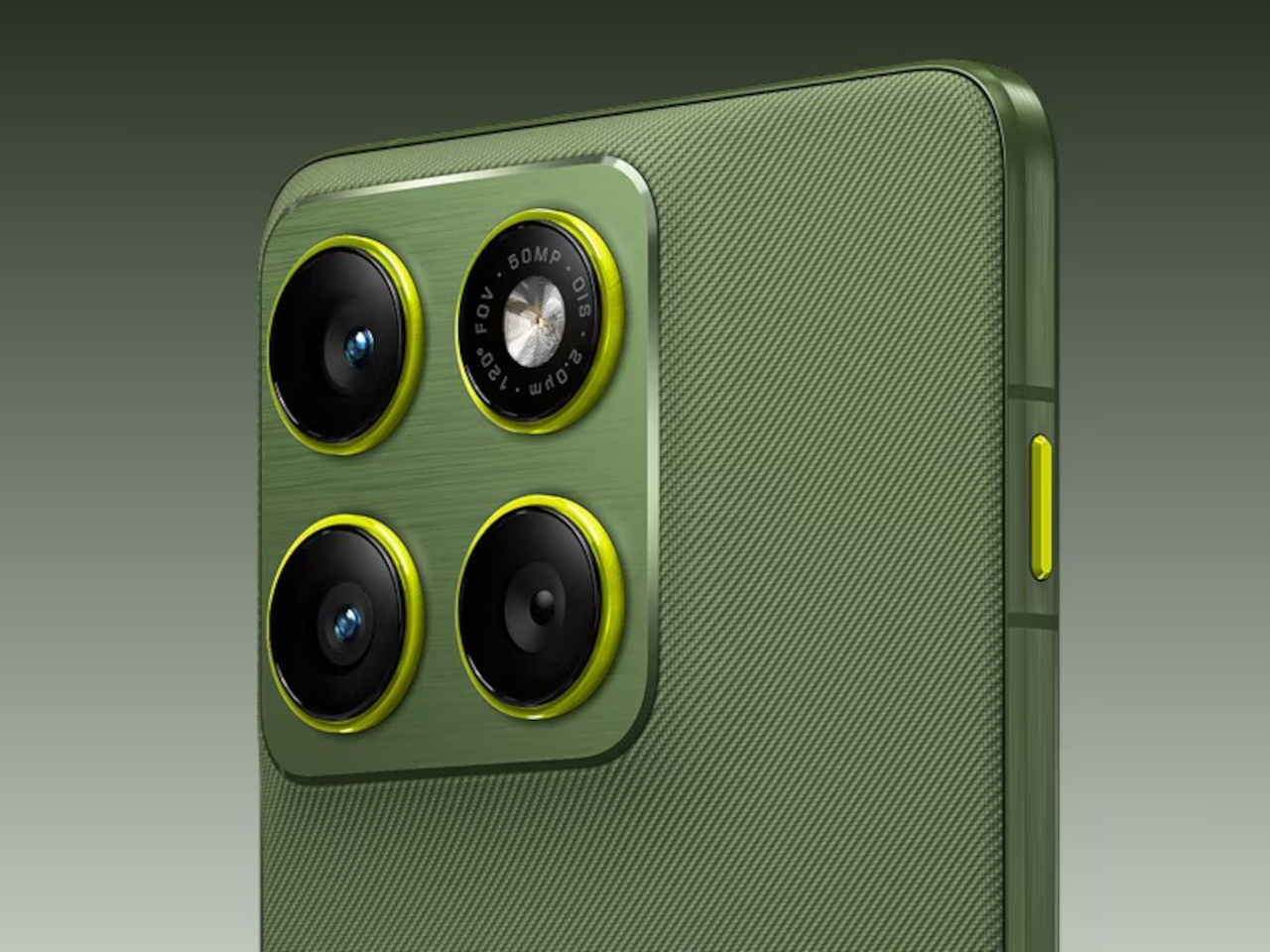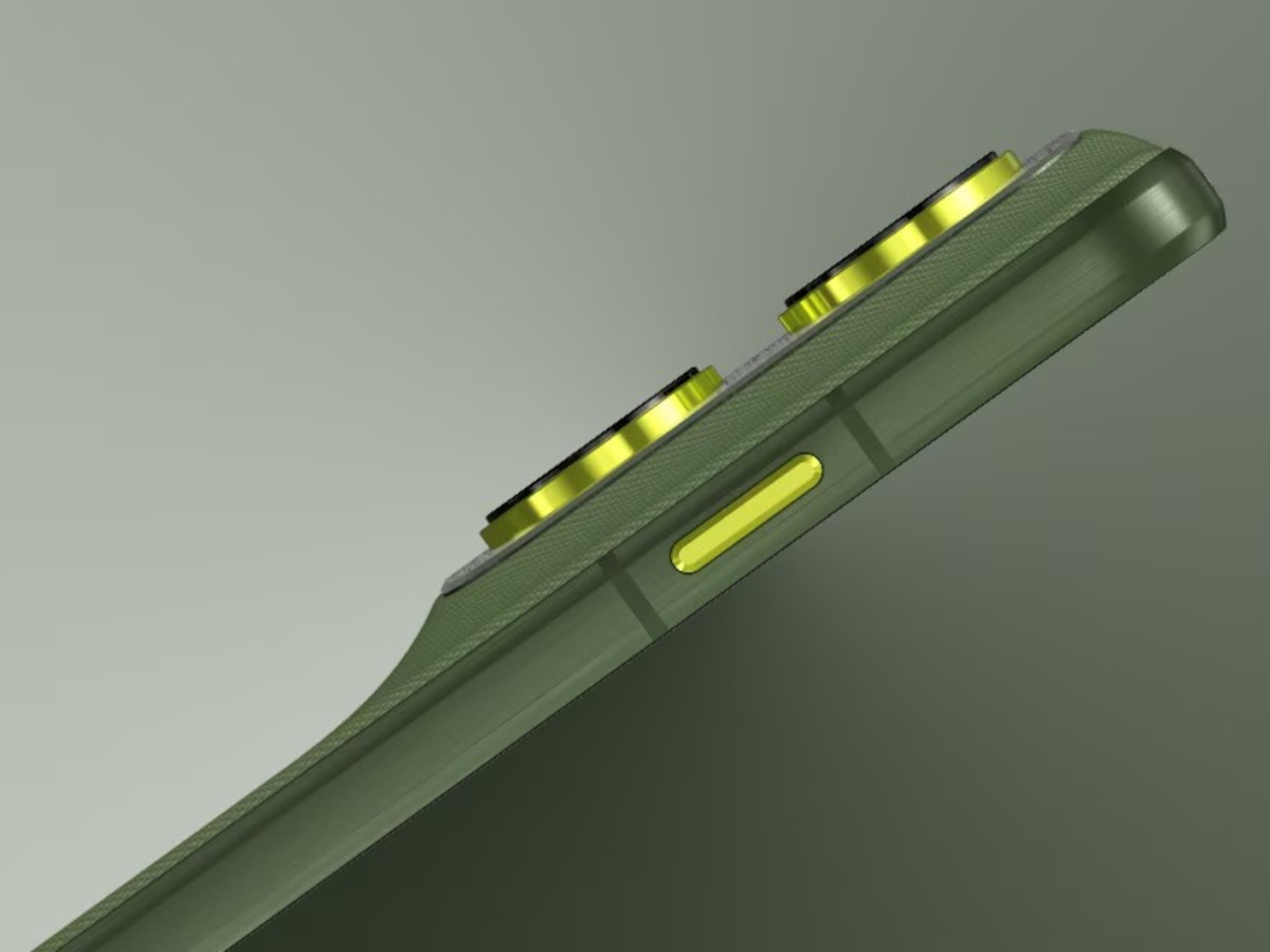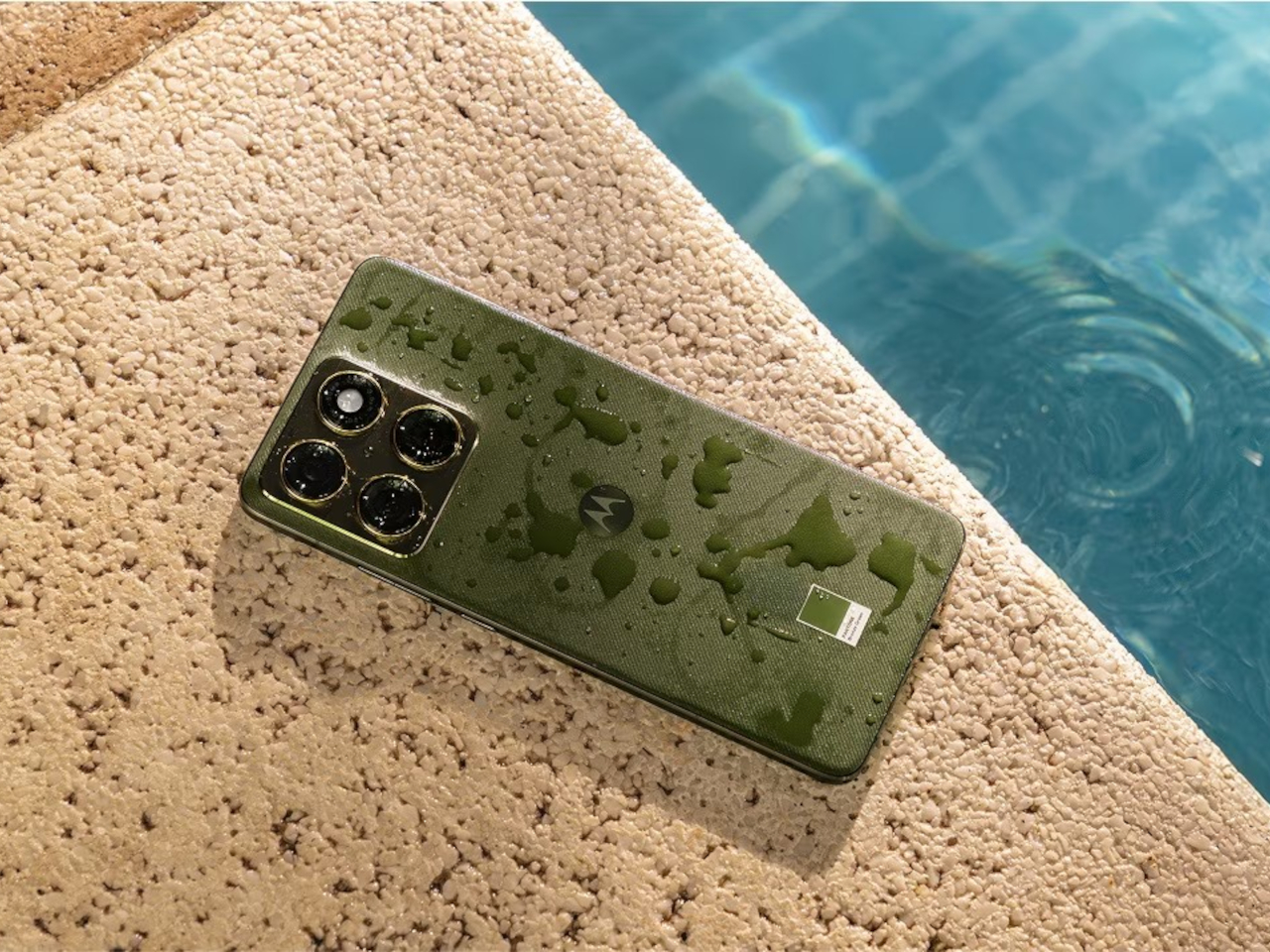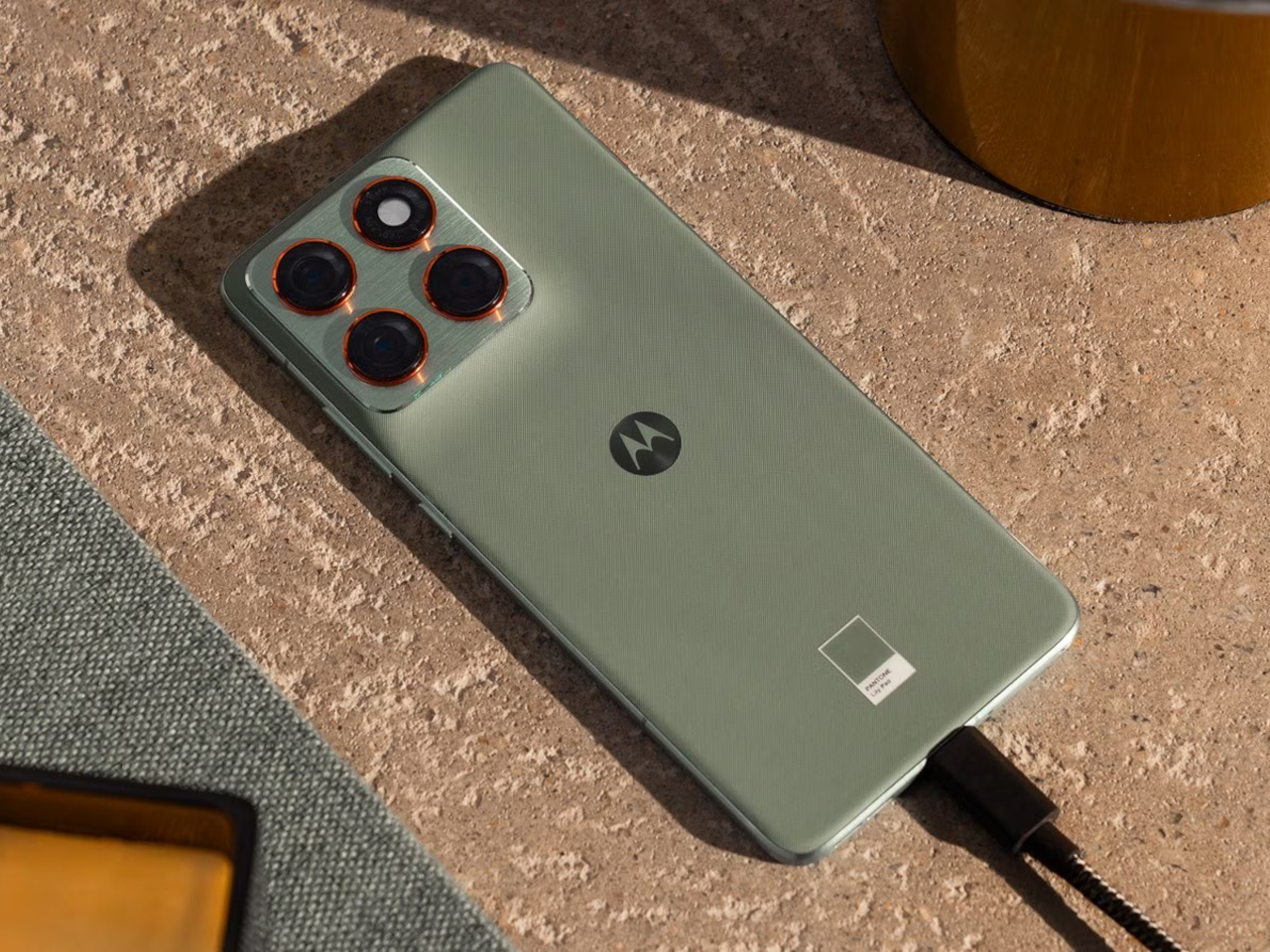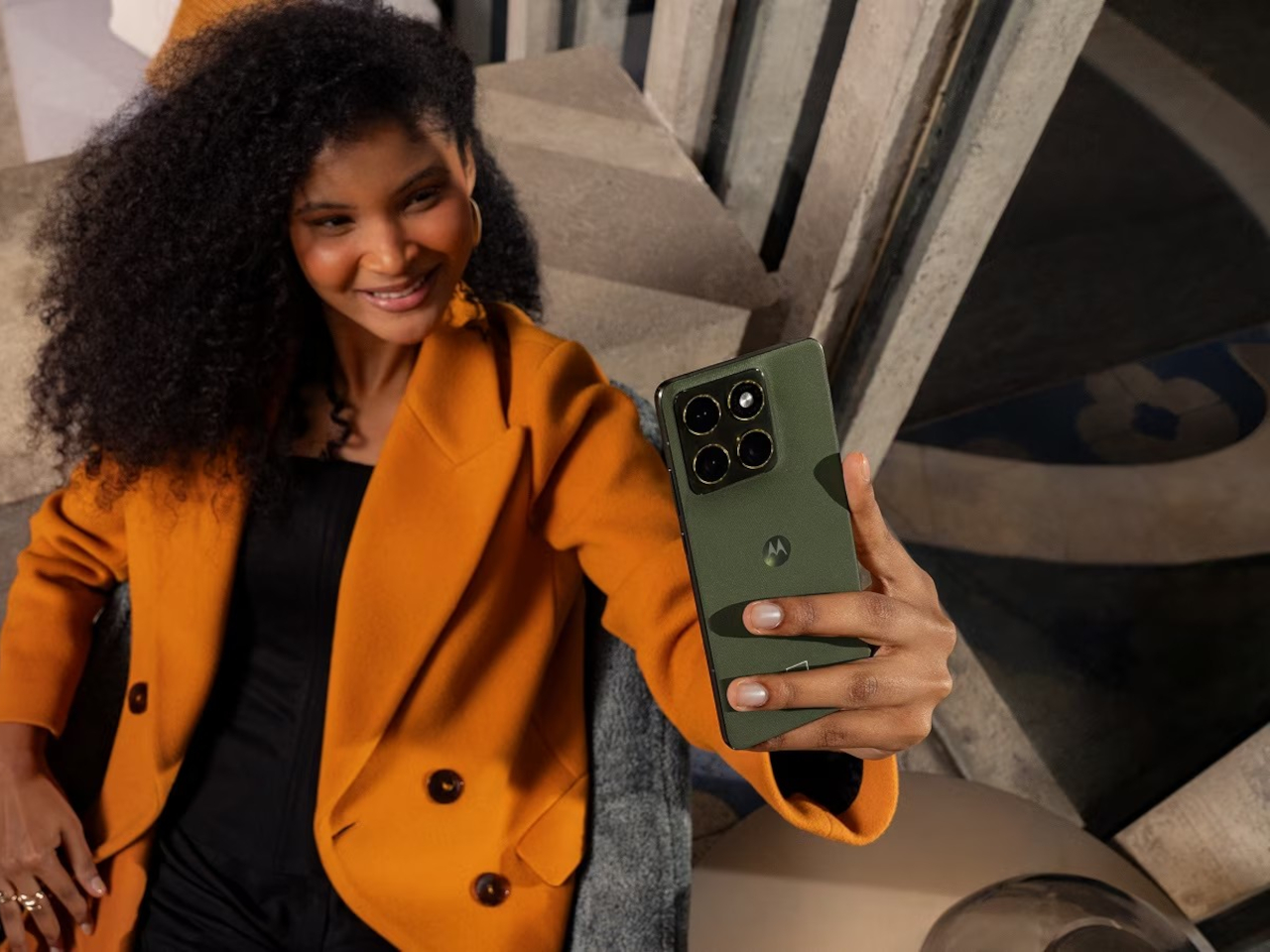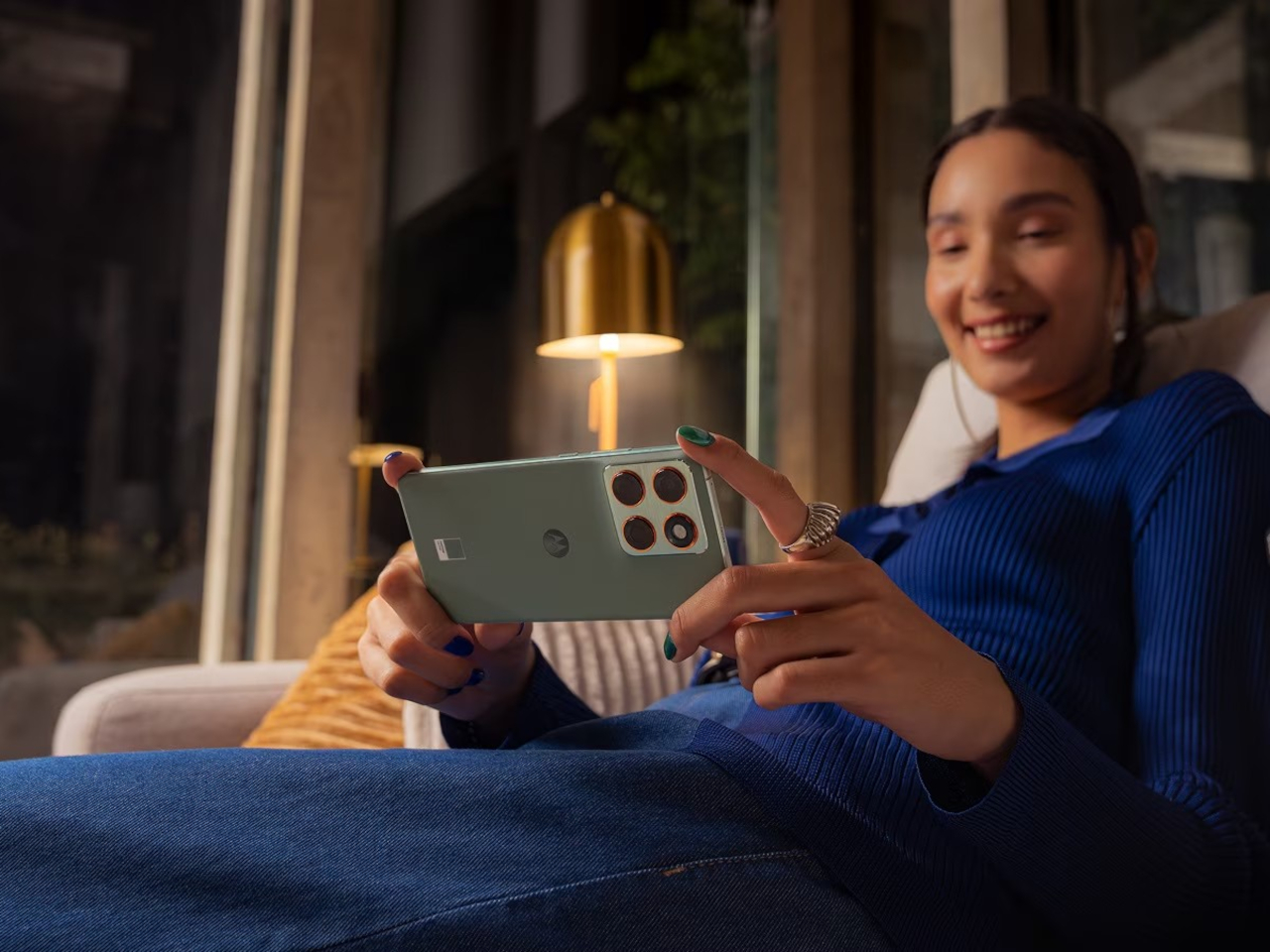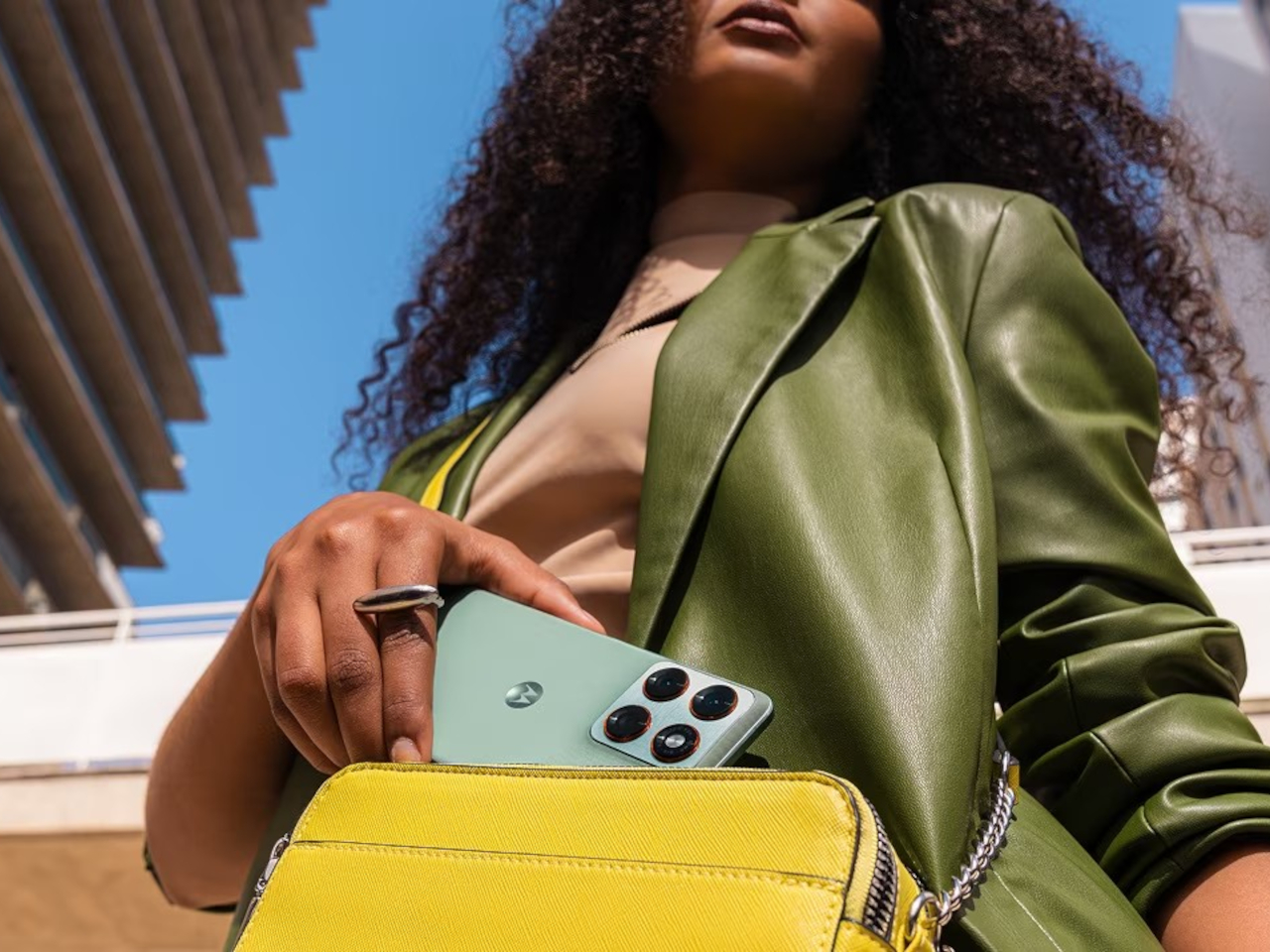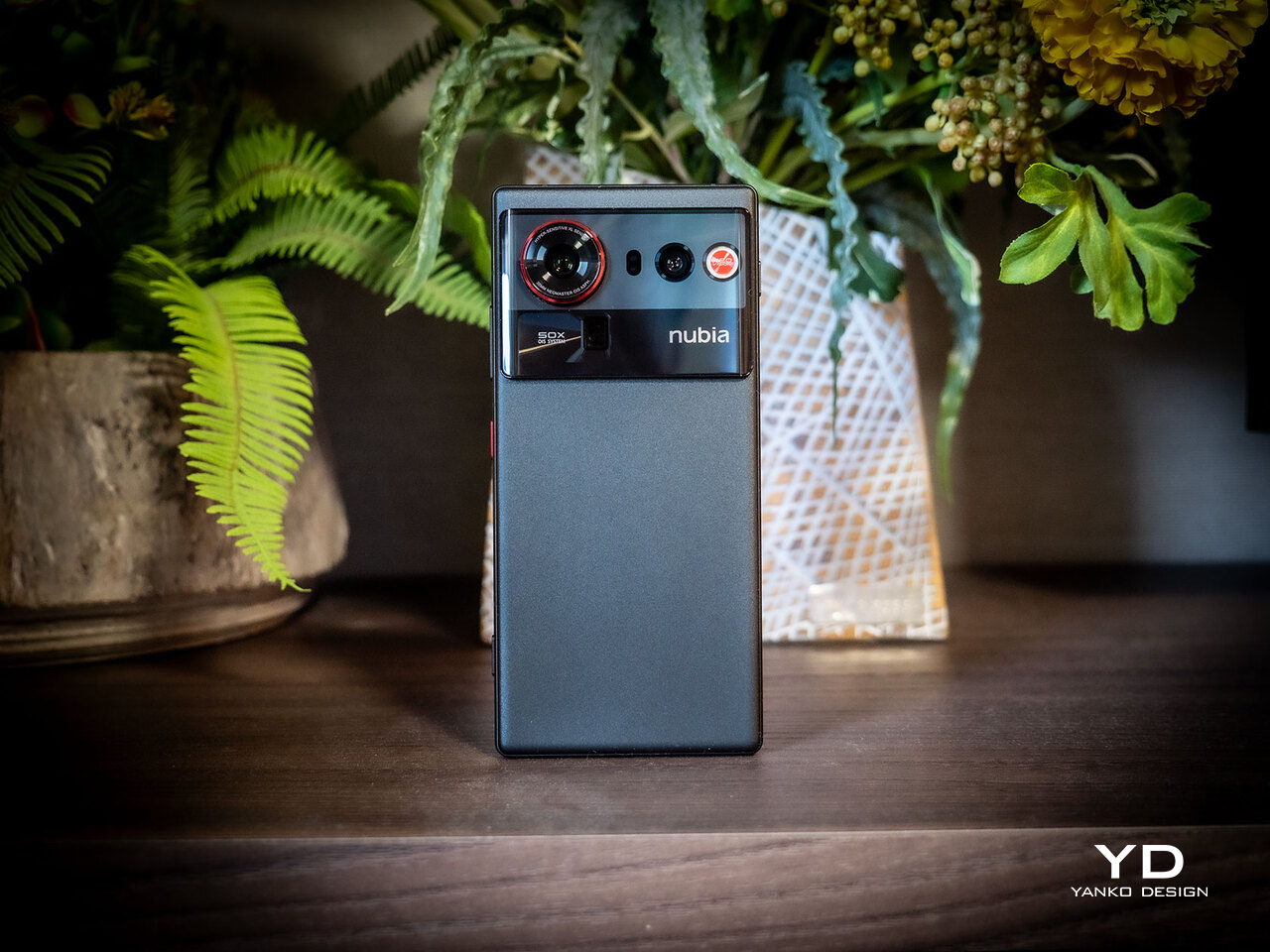
PROS:
- Stunning "true full-screen" experience
- Eye-catching Van Gogh-inspired Starry Night design
- 50MP camera with 35mm optical lens gives a more natural "human eye" output
- Dual-stage physical button mimics tactile camera experience
CONS:
- Not available in markets like the US, UK
- Ultra-wide camera has no OIS
Flagship smartphones have become predictable, with most settling into the same design language, camera arrays, and battery compromises that force users to choose between power and portability every year. The nubia Z80 Ultra breaks from that pattern with a phone that bets big on three things other flagships often sacrifice: a truly immersive, notch-free display; a massive 7200mAh battery that lasts days; and a 35mm optical lens that brings a professional photographic perspective to smartphone photography.
Powered by the Snapdragon 8 Elite Gen 5, the nubia Z80 Ultra targets users who want a device that excels at gaming, photography, and endurance without forcing compromises. Available in Black, White, and a limited Starry Night Blue edition, the phone blends bold design with technical innovation, aiming to stand alongside the best from Samsung and Apple while carving its own path through unique features and design philosophy. But does it deliver its promises beyond the juicy spec sheet? We take it for a spin to find out.
Designer: nubia
Aesthetics
The Z80 Ultra’s design immediately sets it apart from the sea of glass-and-metal rectangles dominating the flagship space right now. The review unit in black showcases a soft stardust matte finish that resists fingerprints and feels warm to the touch rather than cold and clinical. The luminous red ring encircling the main camera creates a visual anchor, drawing the eye without overwhelming the minimalist rear panel’s clean geometry.

The camera module occupies slightly less space than previous-generation nubia flagships, giving the back a more balanced, less top-heavy appearance. The arrangement of three lenses, flicker sensor, and laser autofocus module within the raised island feels considered and symmetrical. The DECO area occupies just 13 percent of the back, leaving plenty of room for the nubia branding and the distinctive red physical button on the right edge.
The four-sided curved bonding process and subtle arc edges give the nubia Z80 Ultra a refined, ergonomic profile. The 2nd-generation Longxi glass front is smooth and flat with a 2.5D flexible display that curves gently at the edges, creating a seamless transition between screen and frame. The crystal fiber body feels substantial and premium, while the rounded corners prevent any sharpness or discomfort during extended holding periods.
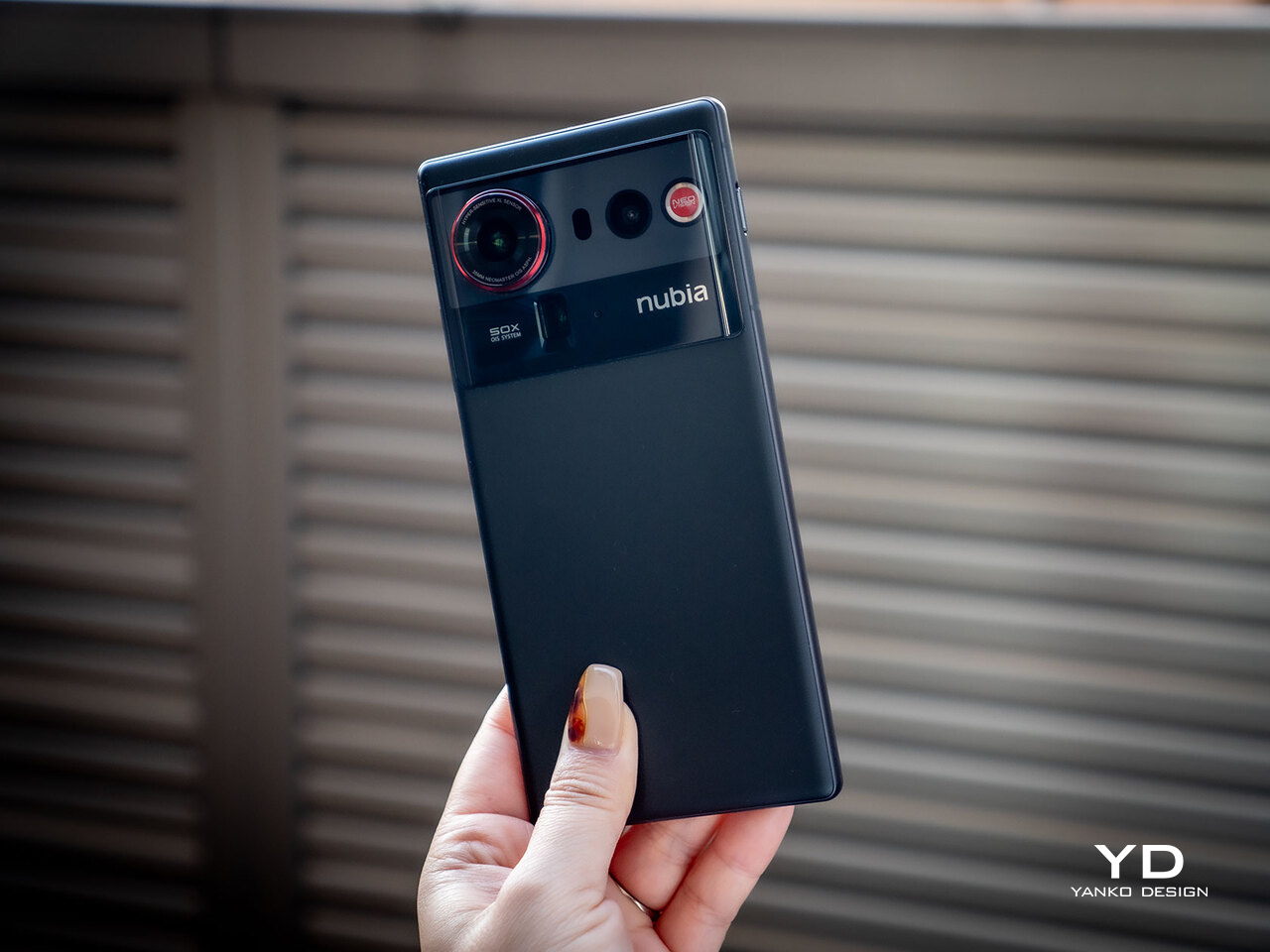
The Blue Starry Night edition takes the aesthetic in a dramatically different direction, with a Van Gogh-inspired swirling pattern across the entire back panel. This artistic approach makes the phone feel like a collectible statement piece rather than just a communication device. The black variant reviewed here offers understated elegance for those who prefer subtlety, while the white version provides a clean, modern alternative for minimalists.
Ergonomics
Despite the large 6.85-inch display, the Z80 Ultra manages to feel balanced and manageable in daily use. The curved back and tapered edges nestle comfortably in the palm, distributing the 227-gram weight evenly across the hand. The device never feels unwieldy during extended gaming sessions or prolonged photo walks, thanks to the thoughtful weight distribution and grip-friendly curves that encourage natural hand positioning.
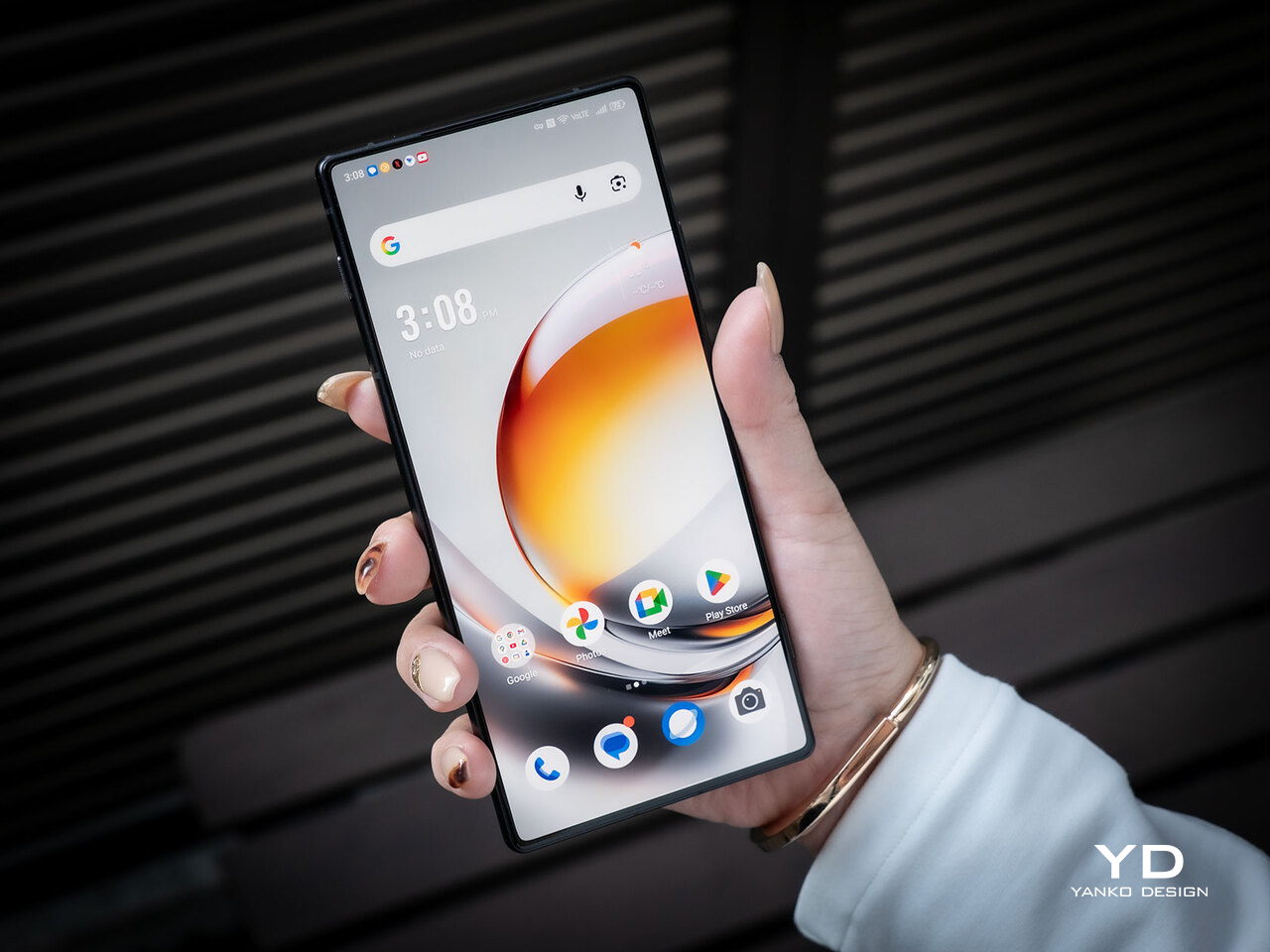
The dual-stage physical camera button on the right edge provides tactile control that touchscreen shutters simply cannot match. Half-pressing focuses and locks exposure, while a full press captures the shot with satisfying mechanical feedback. For mobile photography enthusiasts who miss the feel of dedicated cameras, this button brings back the ritual of deliberate shooting. The button’s placement is natural for index finger access during landscape shooting.
Button placement follows a logical pattern, with the power button and volume rocker positioned for easy thumb access during normal holding. The ultrasonic fingerprint sensor embedded in the display responds instantly, unlocking the phone in well under a second. The customizable shortcut key can be programmed for quick camera access, flashlight activation, or any frequently used function, adding convenience without cluttering the minimal design.

The phone slips into jeans pockets without excessive bulk, though its width may challenge smaller pockets or hands. The slim 8.6mm profile helps offset the large footprint, and the matte finish prevents the phone from sliding on smooth surfaces when placed face-up on tables or desks during meetings and meals.
Performance
The Snapdragon 8 Elite Gen 5, paired with up to 24GB LPDDR5X RAM and 1TB UFS 4.1 storage, delivers flagship performance that handles everything from intensive gaming to rapid photo editing without breaking stride. App launches are instantaneous, multitasking between dozens of apps feels seamless, and sustained gaming maintains stable frame rates thanks to the advanced cooling architecture working quietly in the background.
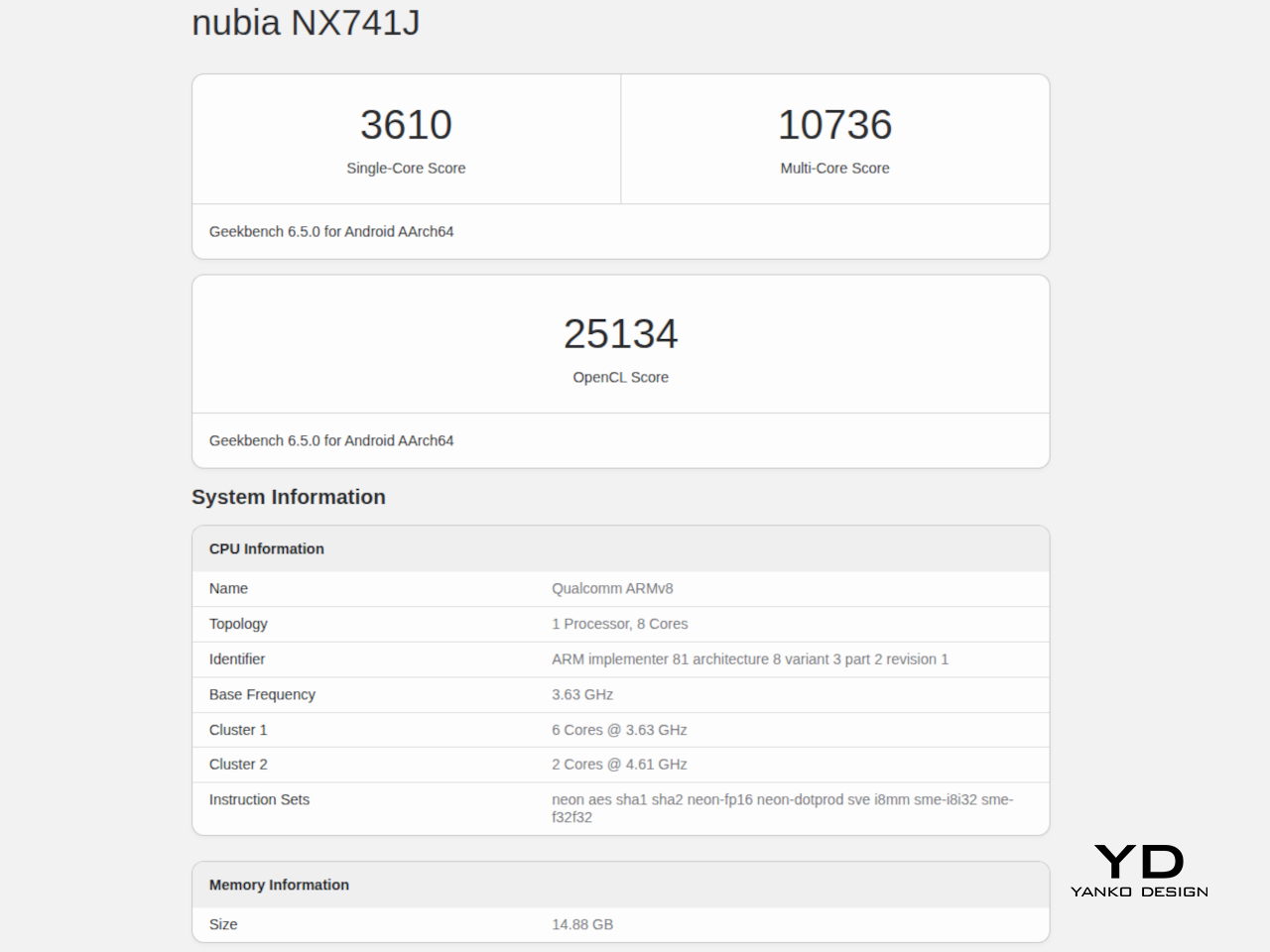
The REDMAGIC CUBE Gaming Engine optimizes power delivery and thermal management during gameplay. Running demanding titles like Genshin Impact at maximum settings with the 144Hz display active, the phone maintains smooth performance with minimal frame drops. The AI Super Frame Stabilization keeps motion fluid even during fast-paced action, while the 3000Hz touch sampling rate ensures every tap and swipe registers immediately for competitive advantage.
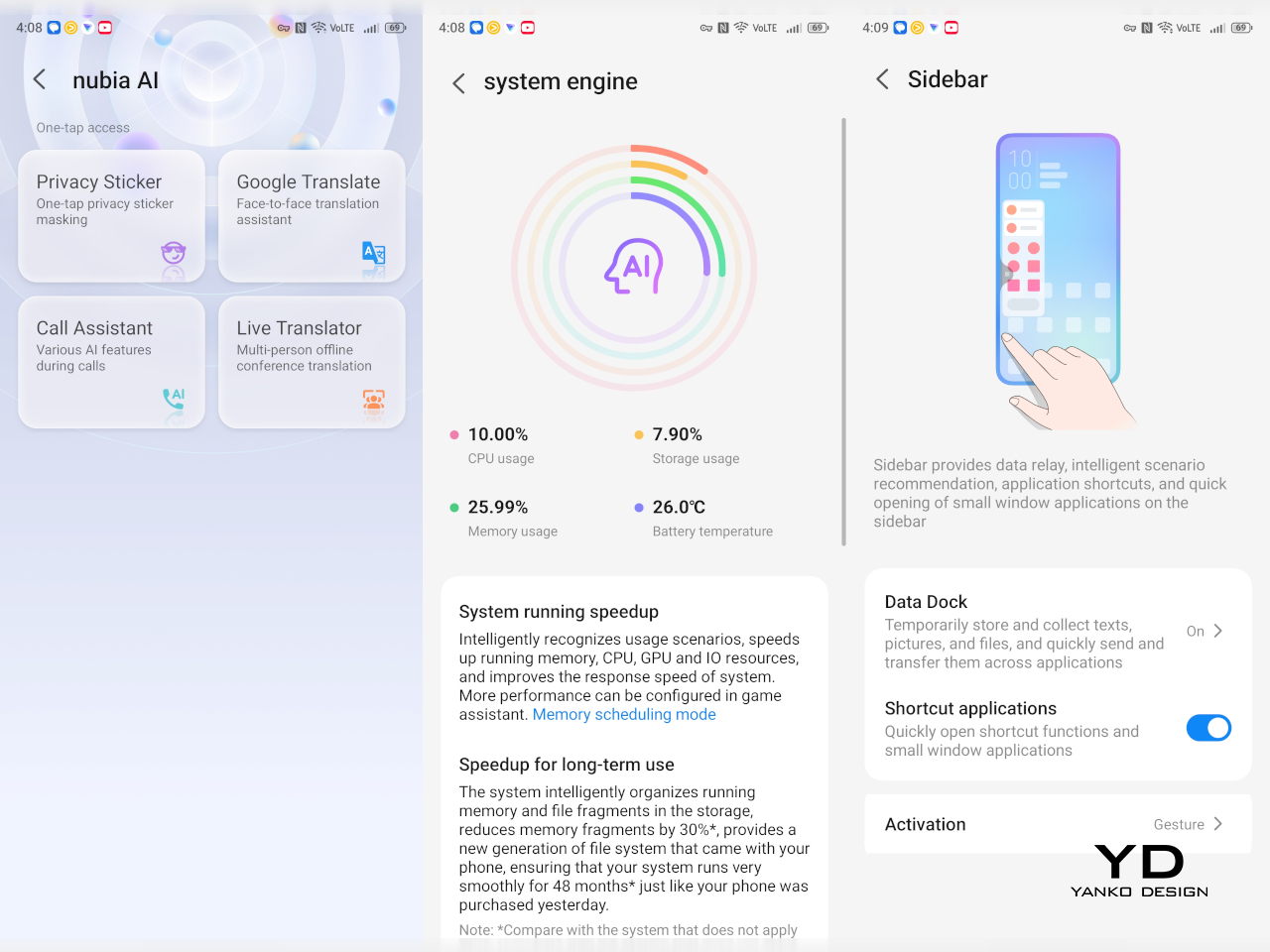
The advanced composite liquid metal and oversized 3D Ice Steel vapor chamber cooling system represents a significant upgrade, increasing cooling area by 35 percent over previous models. This thermal management prevents the performance throttling that plagues thinner flagships during sustained loads. During extended gaming sessions lasting over an hour, however, the phone got a little warm to the touch, but not so much to be uncomfortable.
The 6.85-inch BOE X10 AMOLED display is the star of the show, offering a truly immersive, notch-free viewing experience. The 1.5K resolution (2688×1216) delivers sharp text and detailed imagery, while the 144Hz refresh makes scrolling and gaming feel buttery smooth. Peak brightness of 2000 nits means the screen remains visible even in direct sunlight, and the 100 percent DCI-P3 color gamut ensures photos and videos look vibrant and accurate.
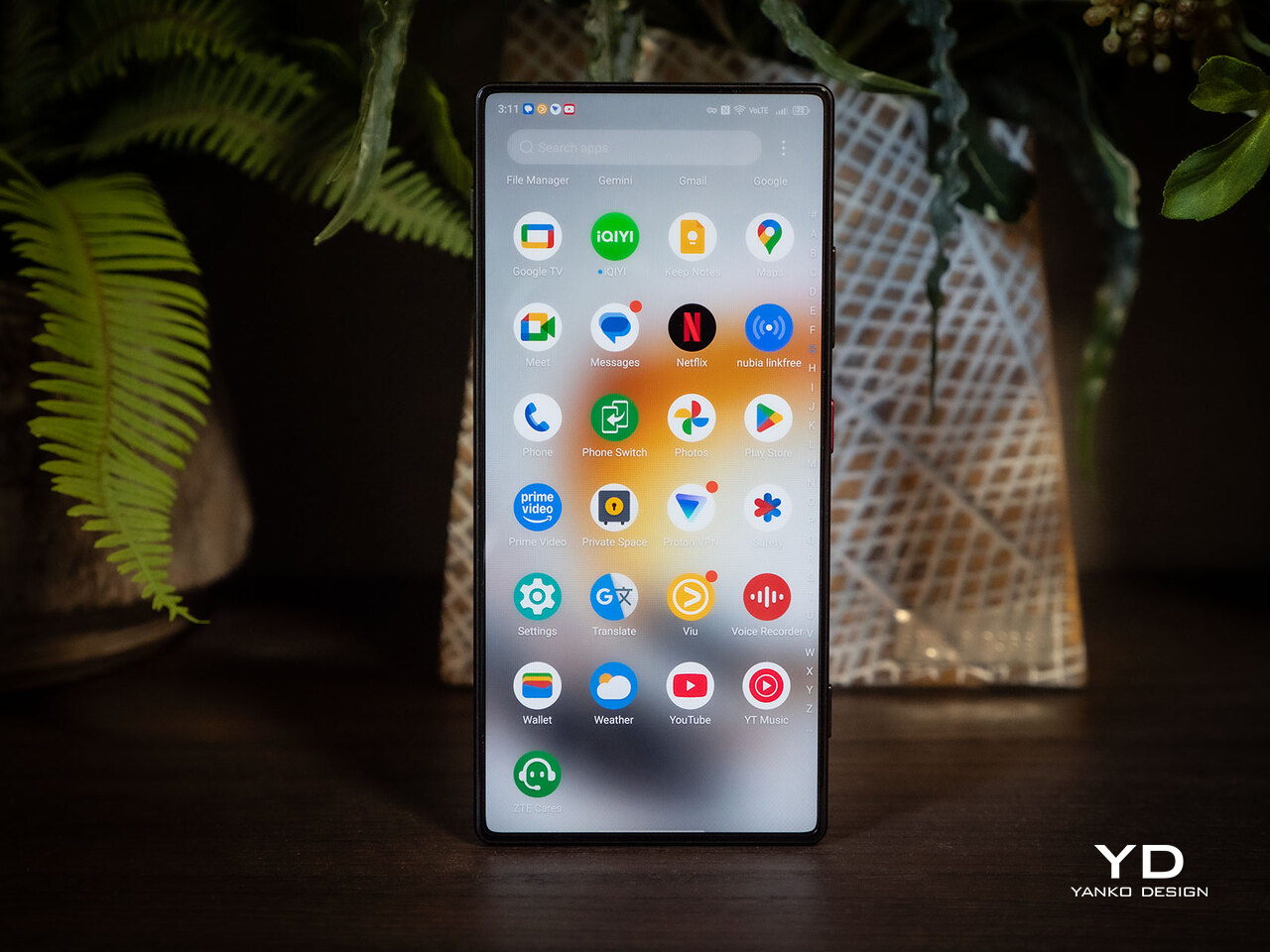
The under-display camera technology hides the 16MP selfie camera beneath the screen, preserving the seamless visual experience. While selfie quality in challenging low light doesn’t quite match dedicated punch-hole cameras, the trade-off for an uninterrupted display feels worthwhile for content consumption, gaming, and the overall visual aesthetic. Outdoor and well-lit selfies remain sharp and detailed, making the compromise reasonable for most users.



The triple camera system built around the 35mm f/1.7 main lens offers a perspective that feels natural and professional compared to the wider 24mm or 26mm lenses most flagships employ. Street photography, portraits, and documentary-style shots benefit from the reduced distortion and beautiful subject isolation that 35mm provides. The focal length matches human vision more closely, making compositions feel intuitive and authentic rather than artificially wide or compressed.
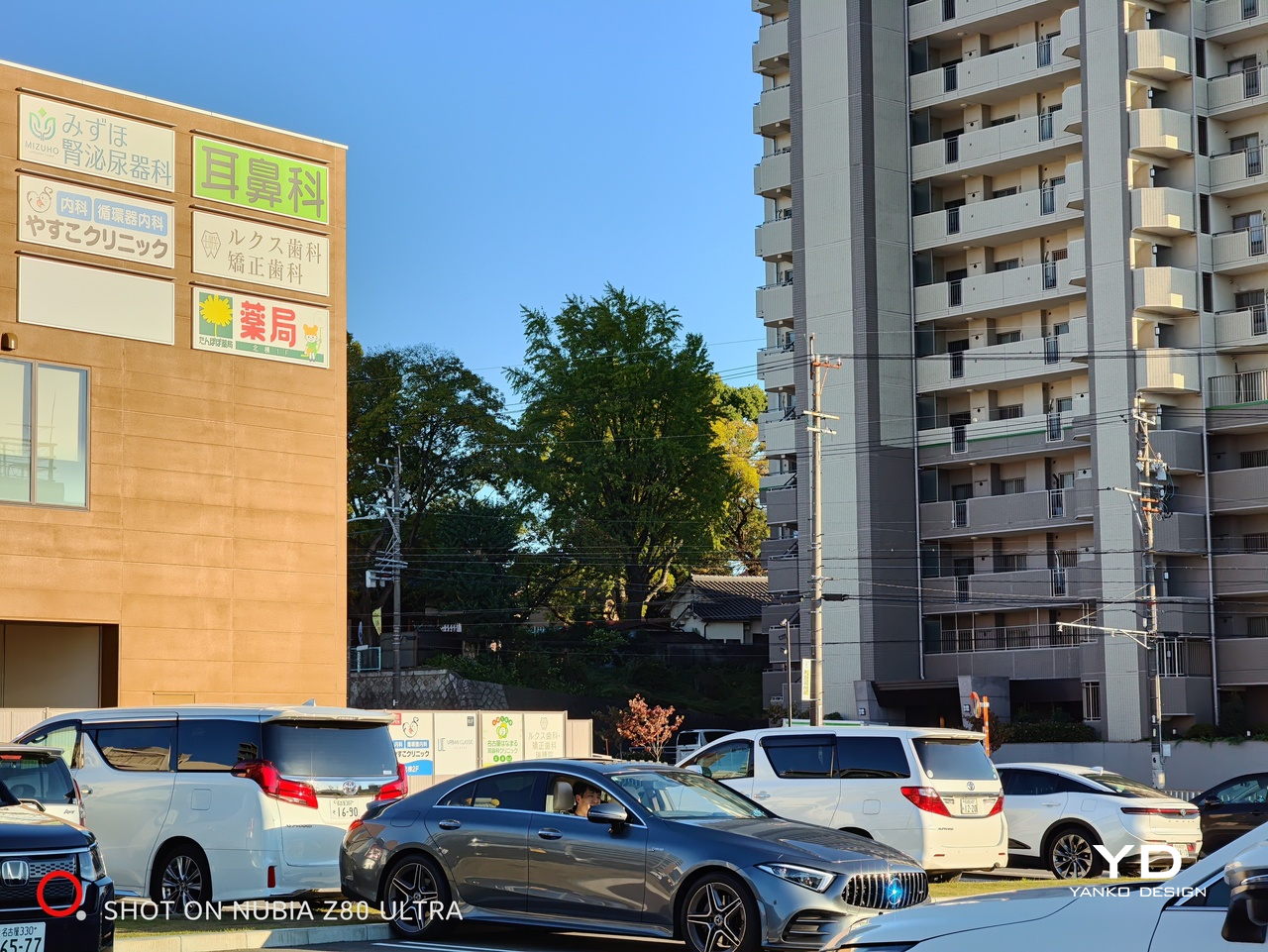

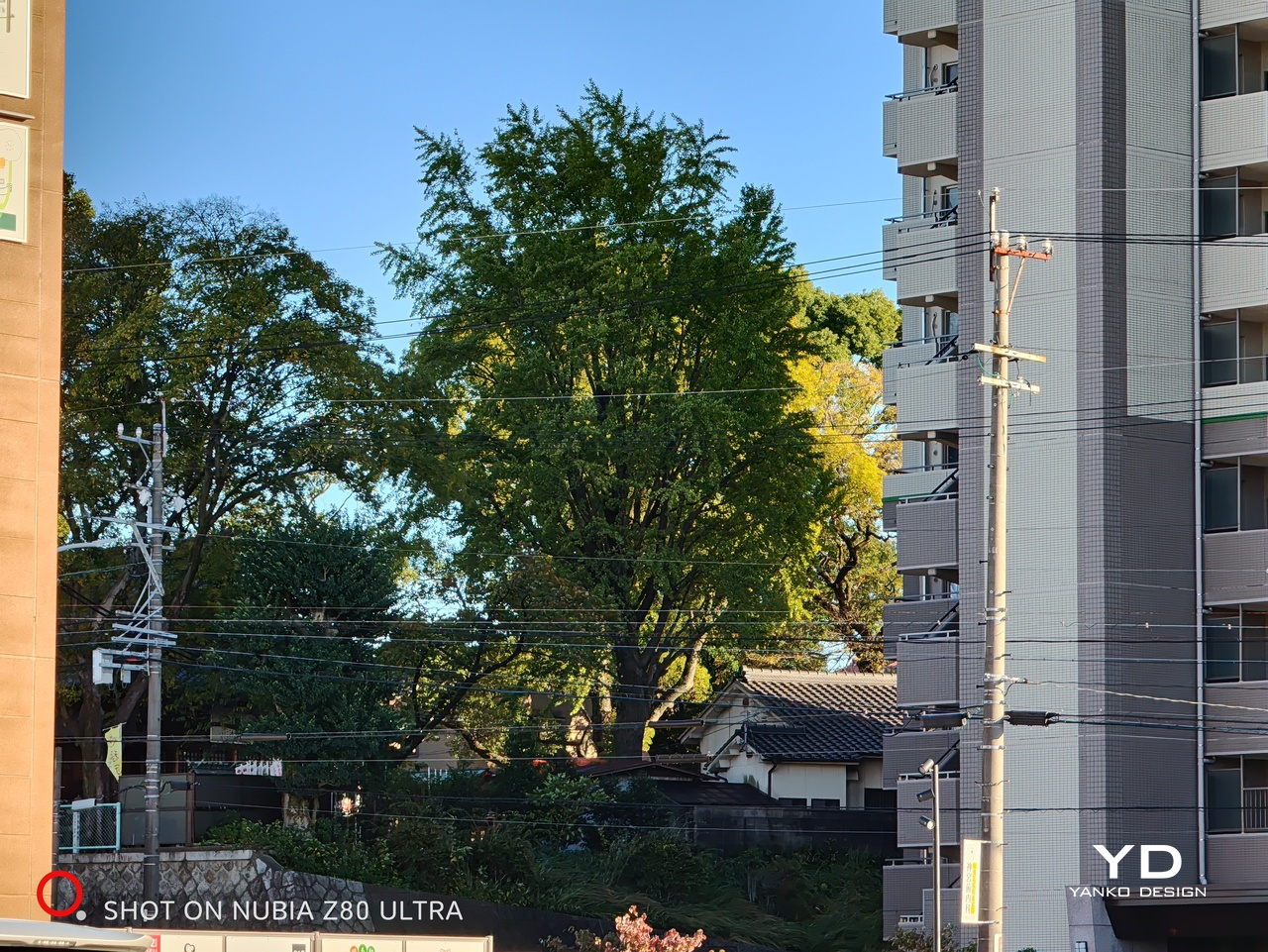
The 50MP ultra-wide and 64MP telephoto round out the system, providing versatile coverage from macro close-ups at 5.5cm to 85mm equivalent for portraits and distant subjects. The dual-stage camera button, combined with over 21 creative filters and Pro mode controls, makes the nubia Z80 Ultra feel like a dedicated camera that happens to make phone calls rather than the other way around. Strangely, while both main and telephoto cameras tout optical image stabilization or OIS, the ultra-wide shooter doesn’t.



The massive 7200mAh silicon-carbon battery delivers multi-day endurance that surpasses virtually every flagship competitor. Moderate use with mixed gaming, photography, and streaming easily stretches to two full days, while lighter use can push three days between charges. The 80W wired charging reaches 50 percent in about 20 minutes, and the 80W wireless charging (with nubia’s wireless charging kit) offers cable-free convenience without sacrificing speed.
Sustainability
Build quality inspires confidence from the moment the phone comes out of the box. The crystal fiber construction feels solid and resistant to flex, while the Longxi glass front shows excellent scratch resistance during daily use. The matte back finish hides minor scuffs and maintains its appearance even after weeks of handling without a case, though the included magnetic case adds protection without bulk.

The IP68 and IP69 ratings provide exceptional durability for real-world conditions. The phone survives accidental spills, rain exposure, and even high-pressure water jets during testing scenarios, emerging unscathed and fully functional. This level of protection adds confidence for daily carry in any weather, at the beach, or during outdoor photography sessions where conditions can’t always be controlled. The robust sealing around ports and buttons maintains integrity without compromising accessibility.
Value
The nubia Z80 Ultra positions itself as a flagship alternative that offers premium features without commanding the absolute highest prices in the market. The combination of the 35mm optical lens, 7200mAh battery, truly full-screen display, and advanced cooling system creates a value proposition that stands out from competitors who often sacrifice one or more of these features for slimness or cost savings.

For photography enthusiasts, the 35mm lens alone justifies consideration. Where most flagship cameras default to wider 24mm perspectives that distort faces and architecture, the nubia Z80 Ultra’s 35mm provides the “humanist eye” perspective prized by professional photographers for natural, pleasing compositions. The dual-stage physical button and extensive manual controls add value for users who want creative control rather than purely computational photography.
One significant limitation affects the Z80 Ultra’s global value proposition: regional availability. The phone is not officially sold in some countries, such as the United States, Canada, the United Kingdom, or Japan, limiting access for many potential buyers. This limited availability means warranty support, software updates, and customer service may be challenging for buyers outside official markets. Network band compatibility and potential import costs could also affect value for those considering gray-market purchases.
Verdict
The nubia Z80 Ultra delivers on its promise of blending style, stamina, and photographic substance in a package that stands apart from mainstream flagships. The combination of a truly immersive notch-free display, professional 35mm camera optics, and exceptional battery life creates a phone that excels at the things that matter most for daily use: consuming content, capturing memories, and staying powered throughout extended days without constant charging anxiety.
For design-conscious users who value innovation over brand familiarity, nubia the Z80 Ultra offers a refreshing alternative with its bold aesthetic choices, tactile controls, and technical features that prioritize user experience over spec-sheet bragging rights. While limited regional availability may restrict its audience, those in supported markets will find a flagship that confidently competes with the best while carving its own distinctive identity through thoughtful design and engineering choices.
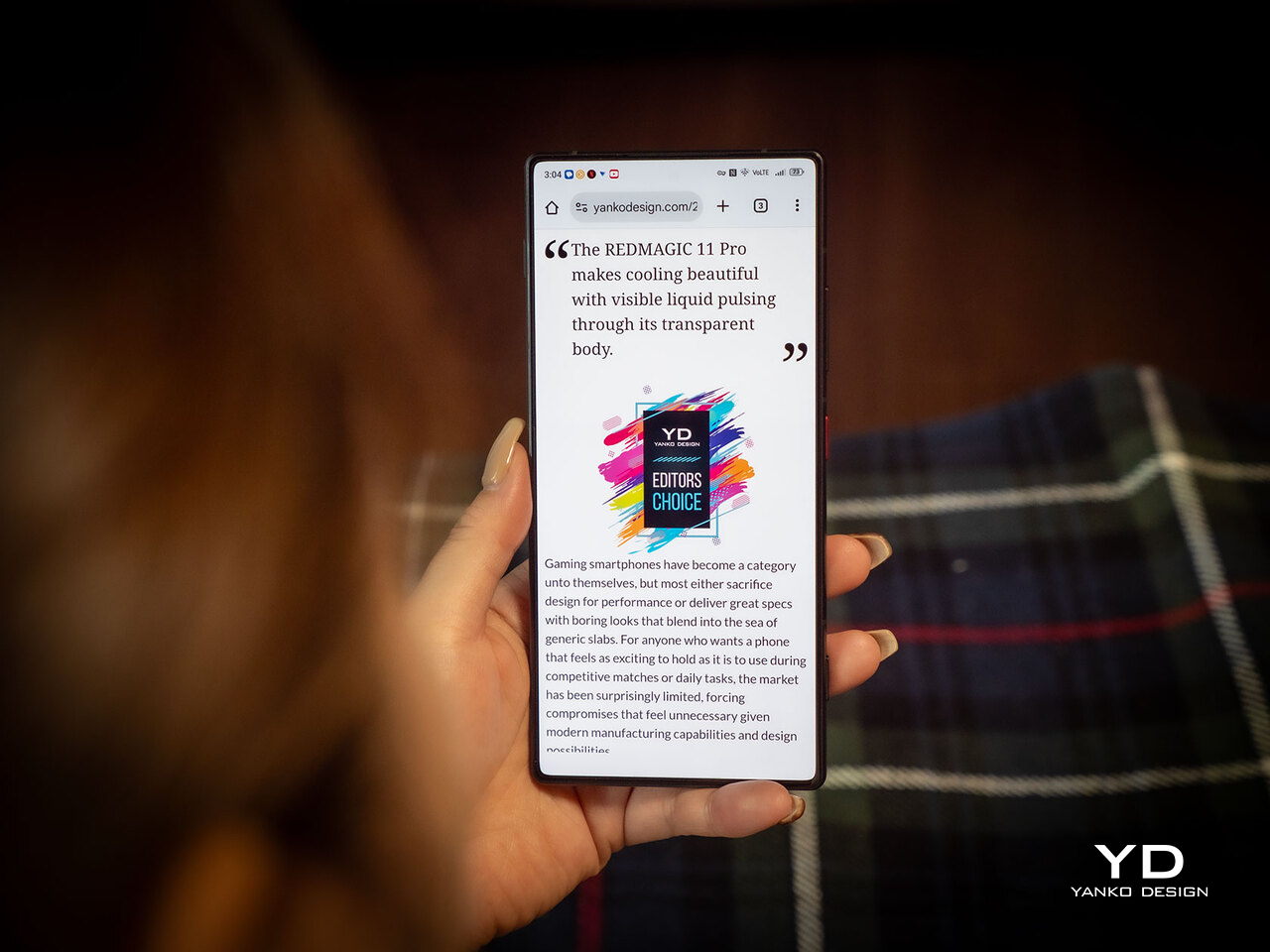
The post Nubia Z80 Ultra Review: Style, Stamina, and a 35mm Camera Edge first appeared on Yanko Design.
